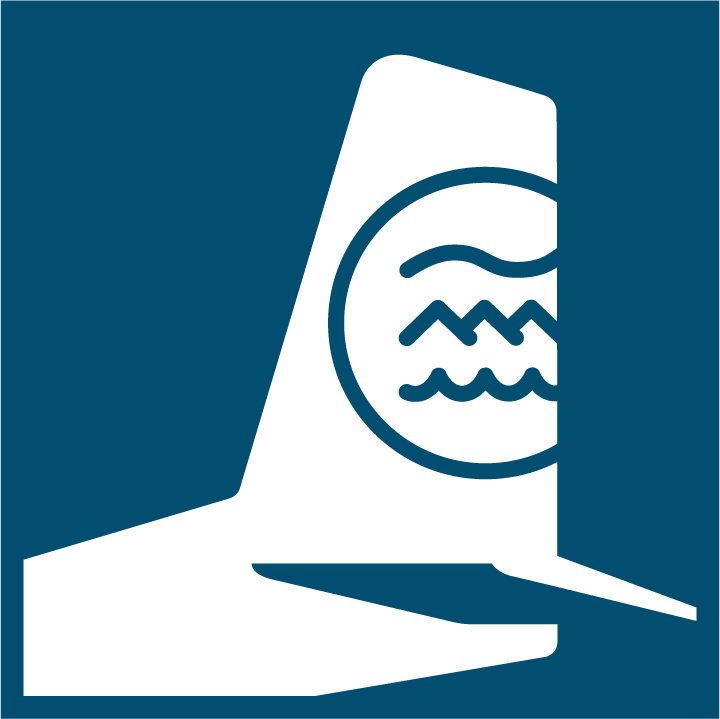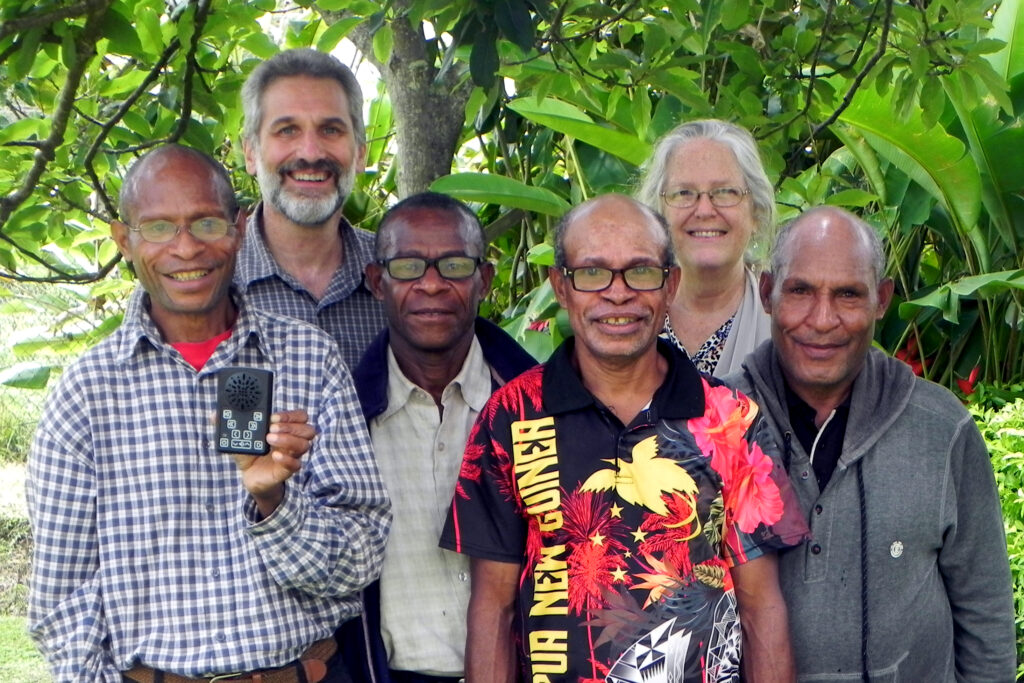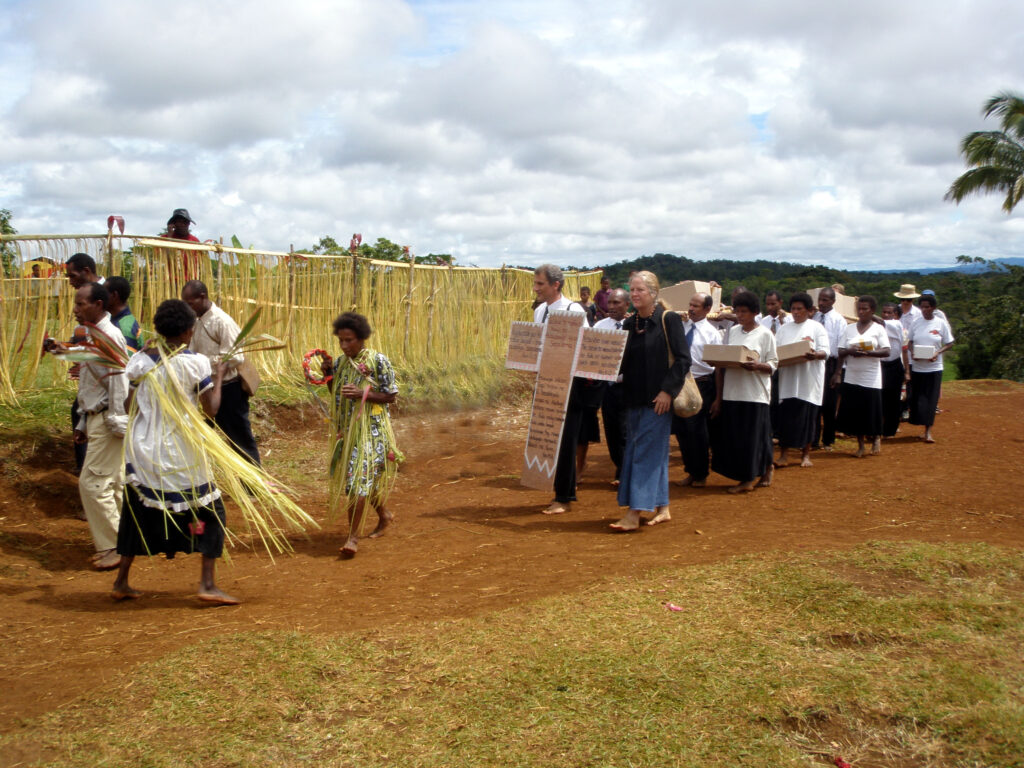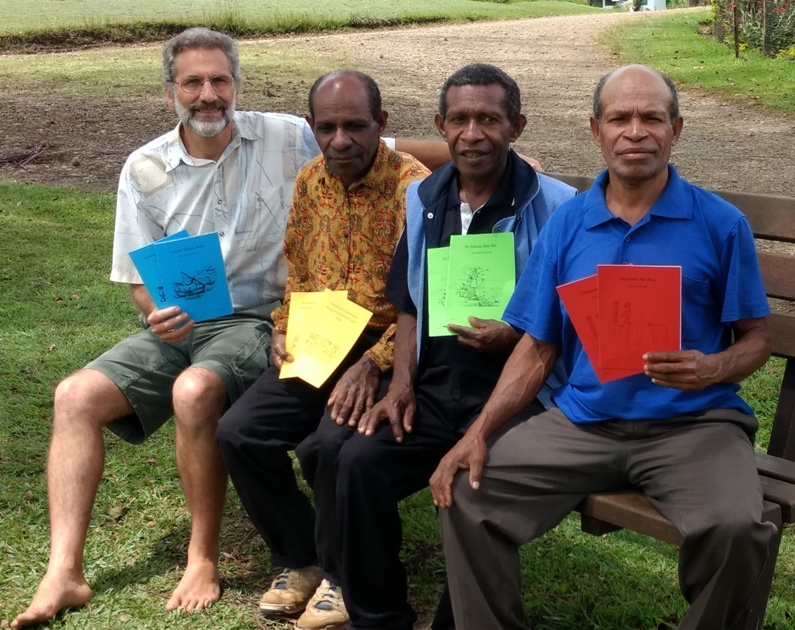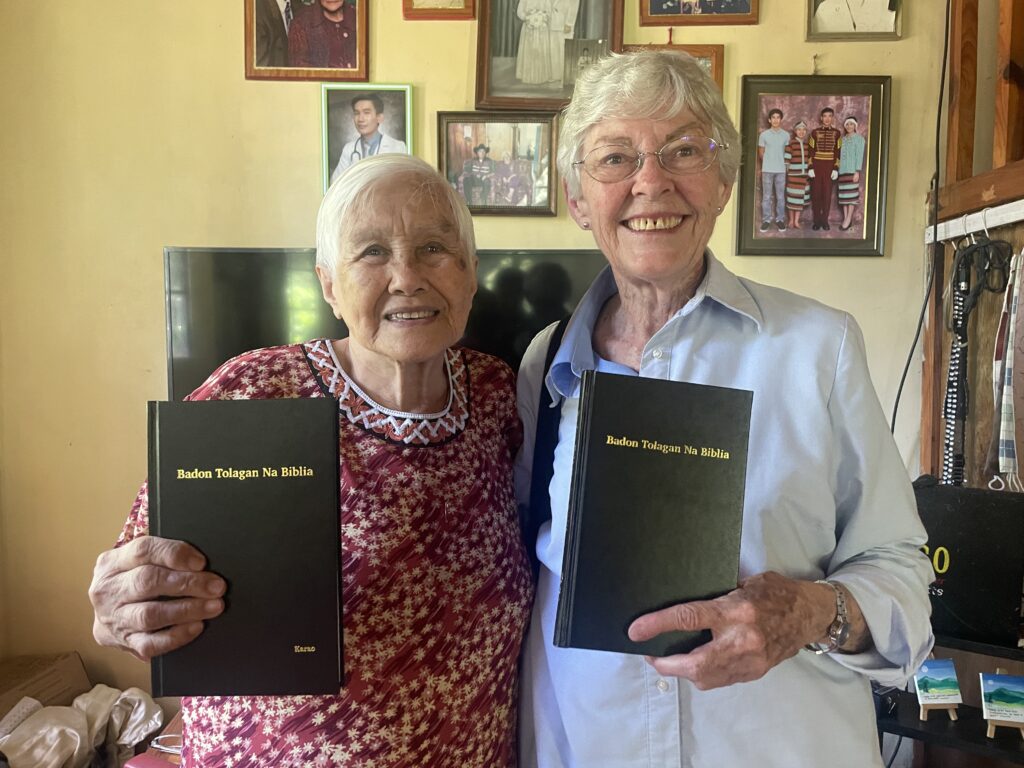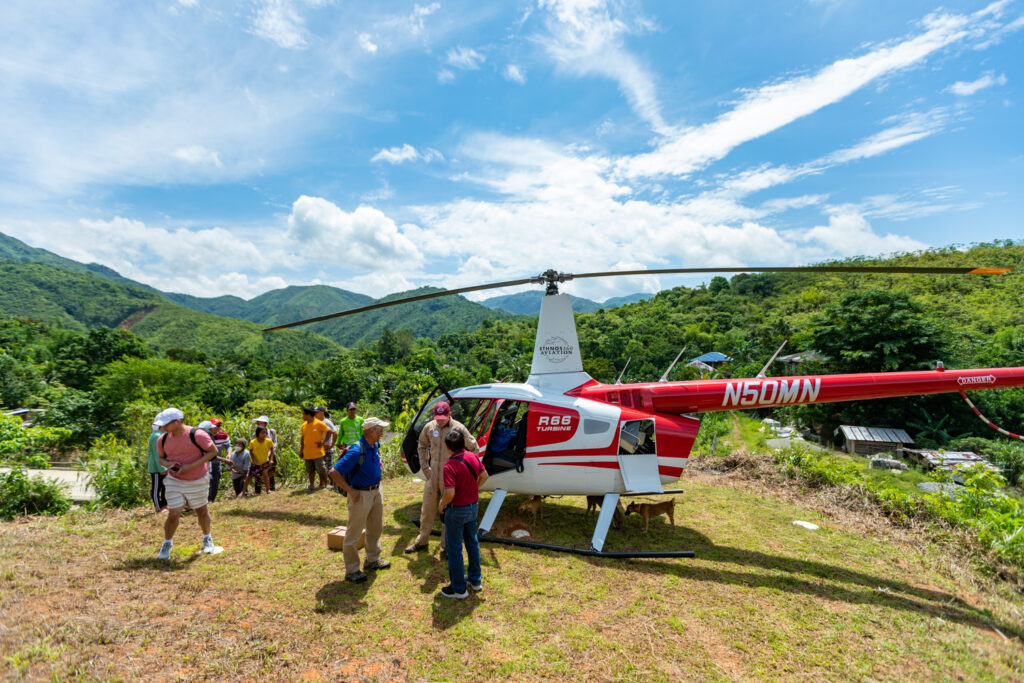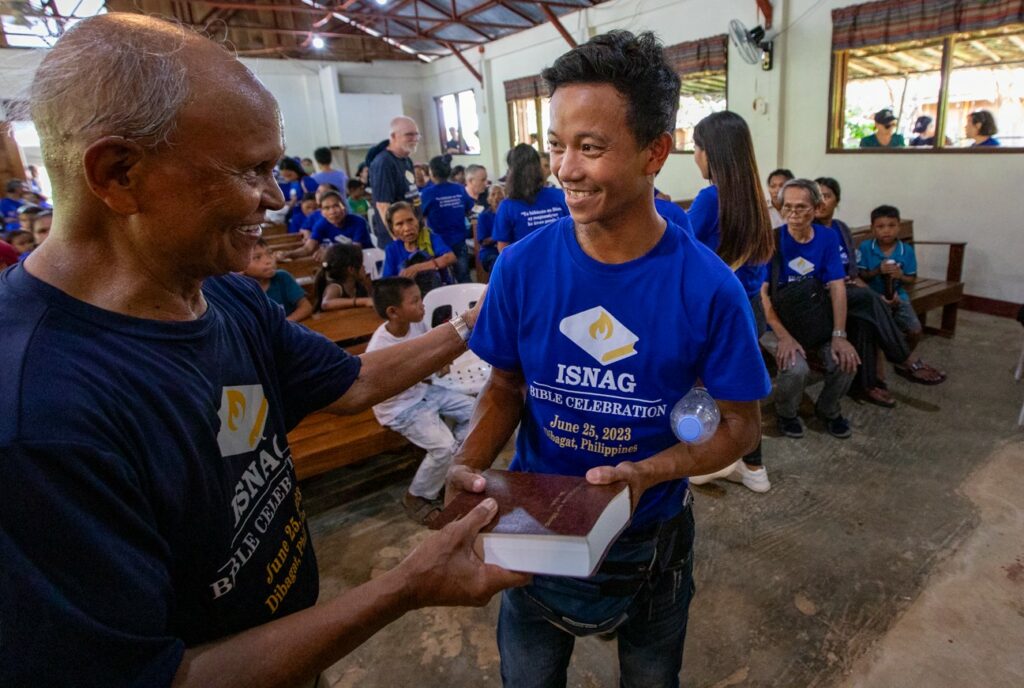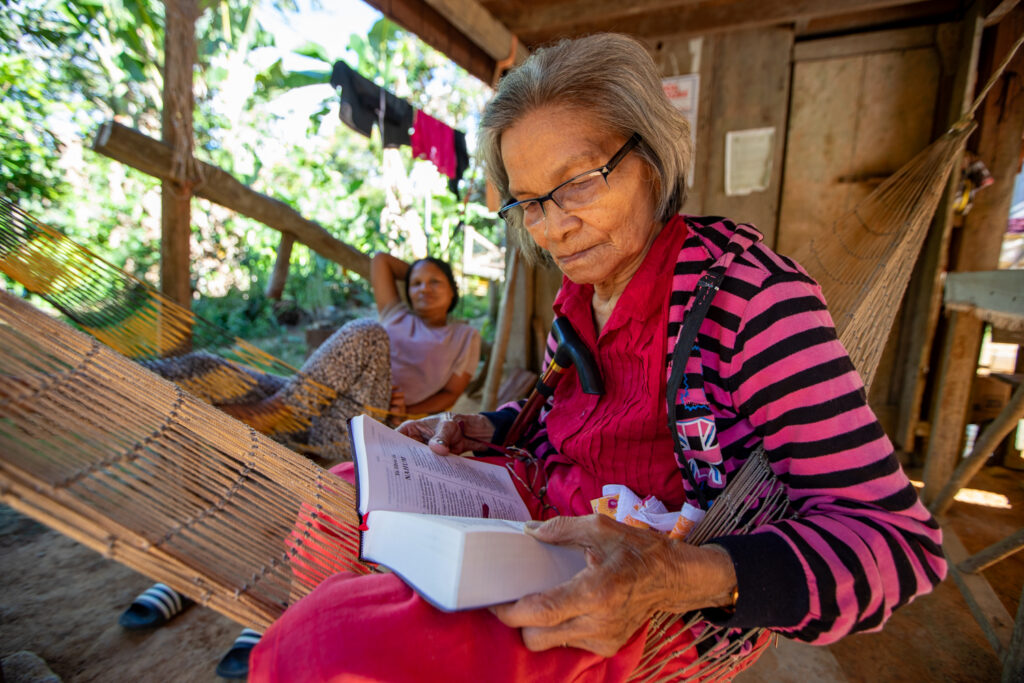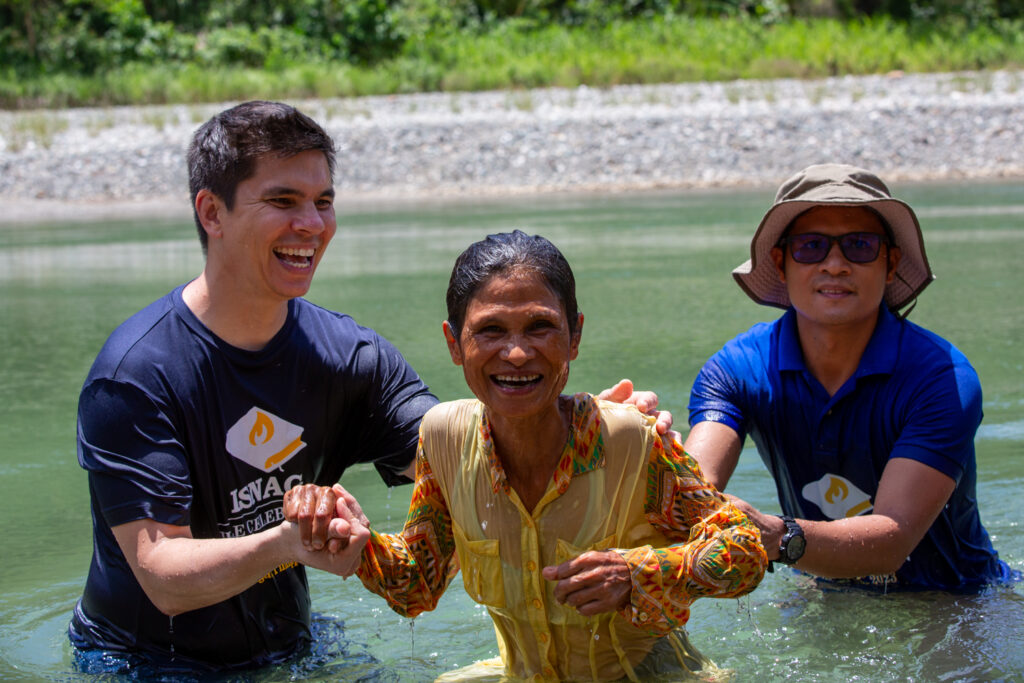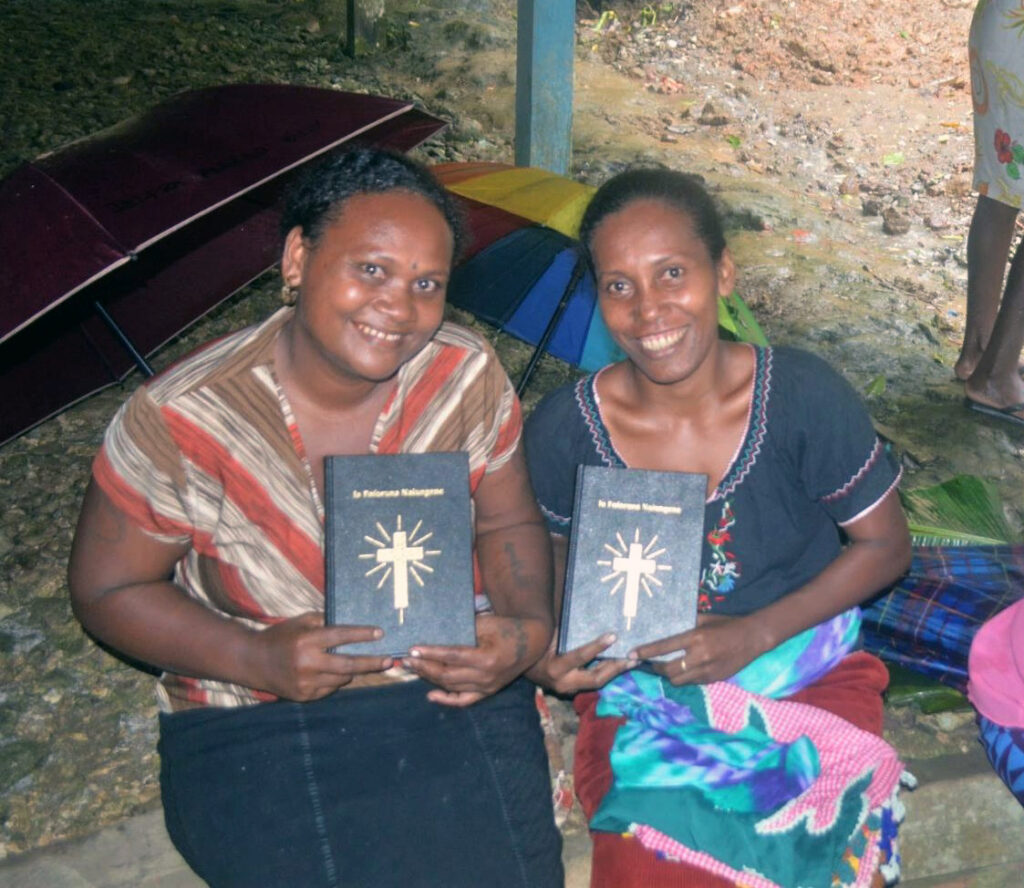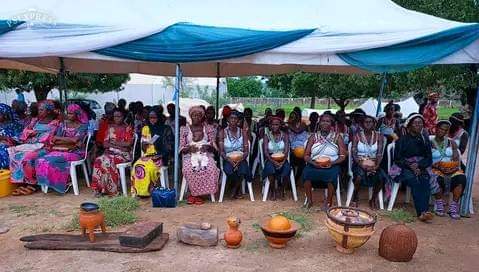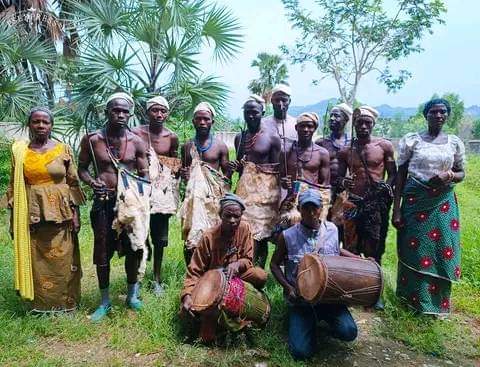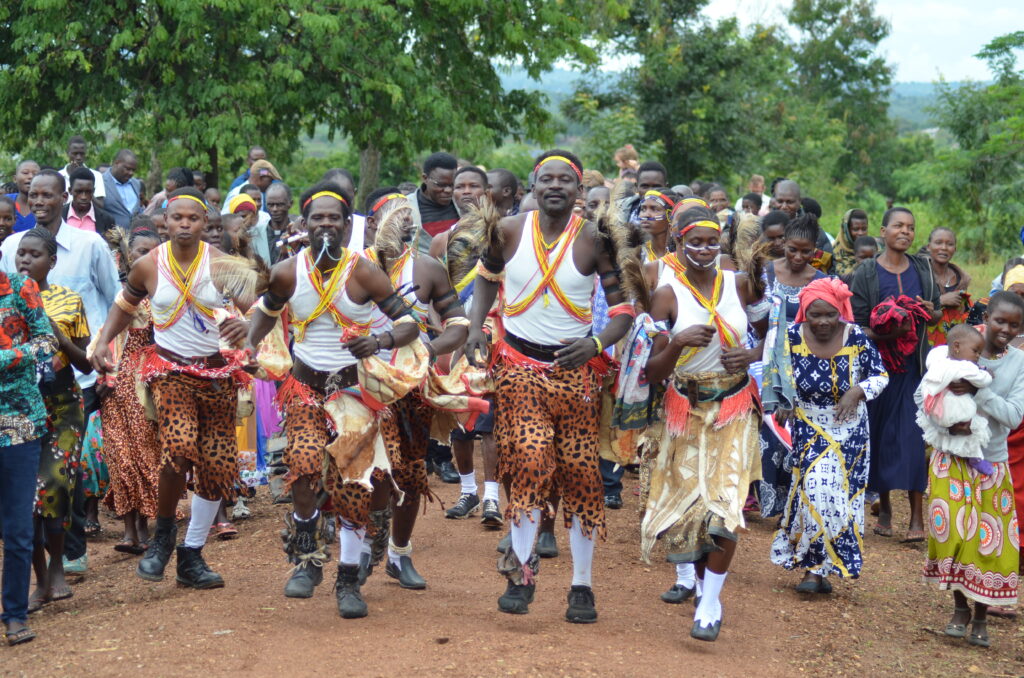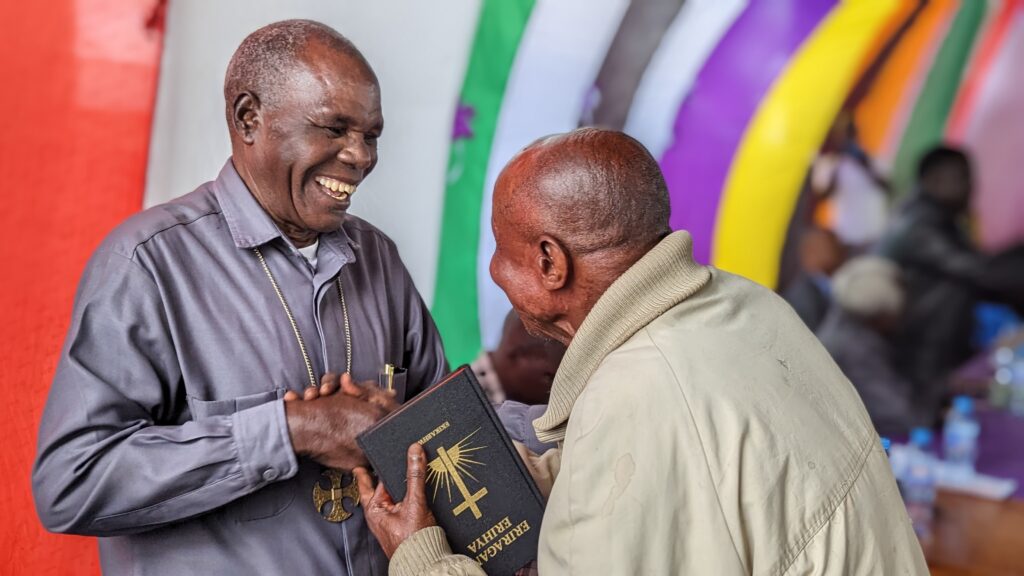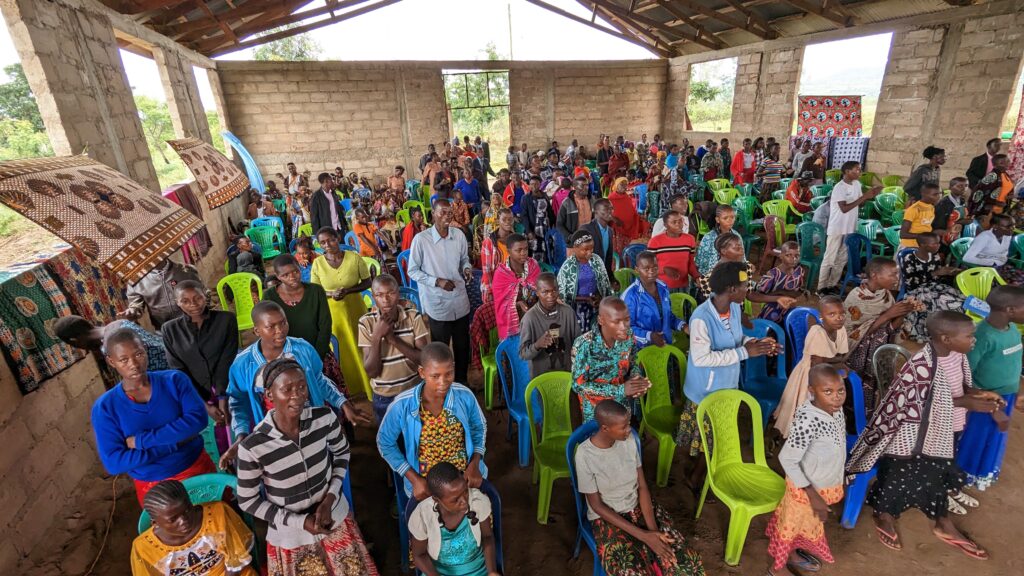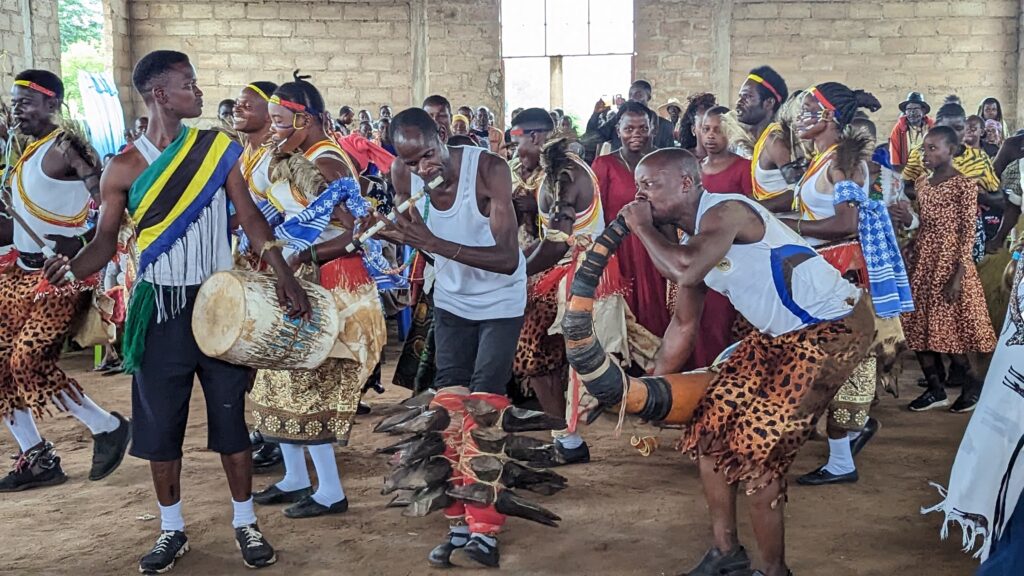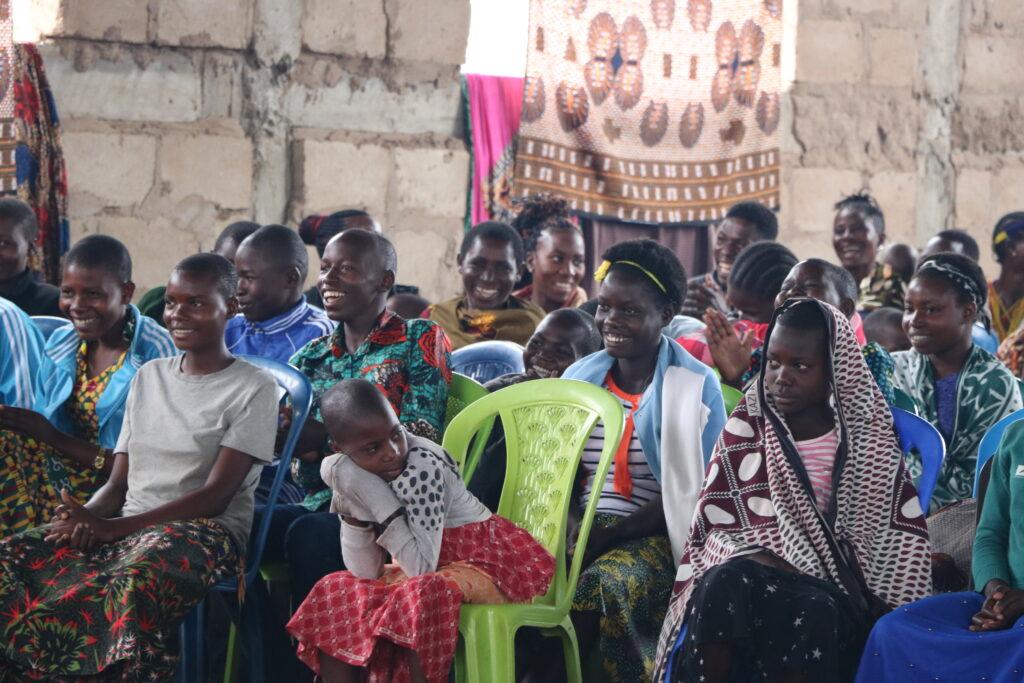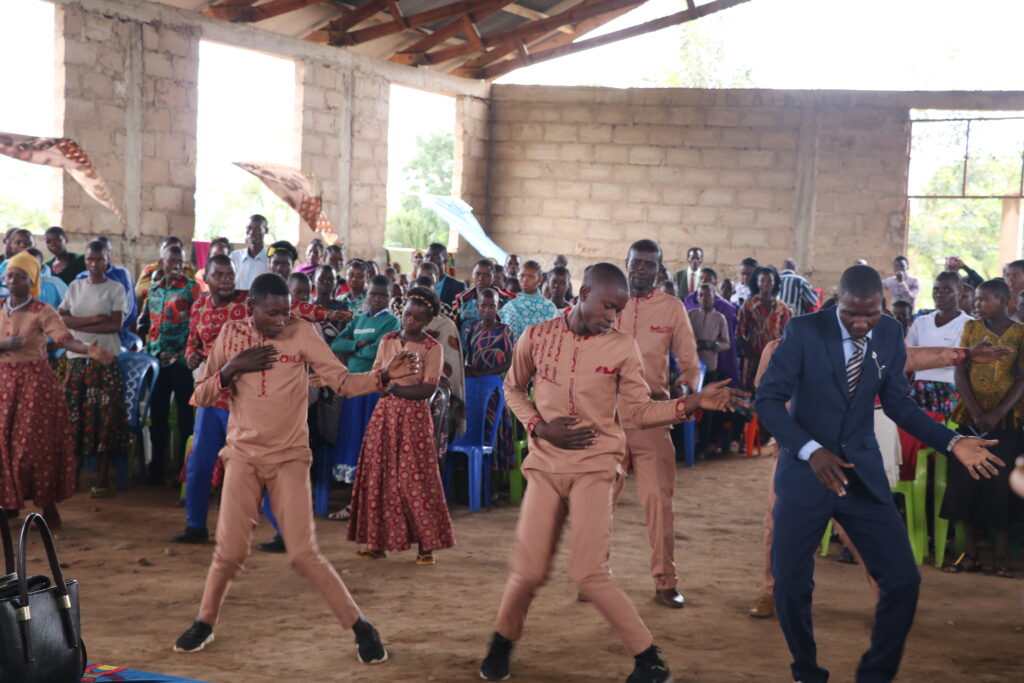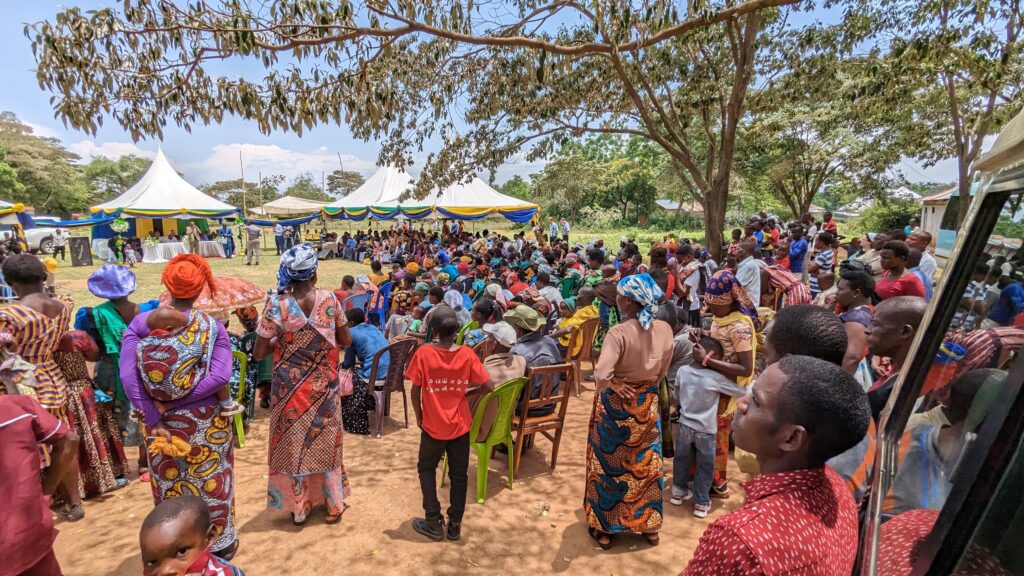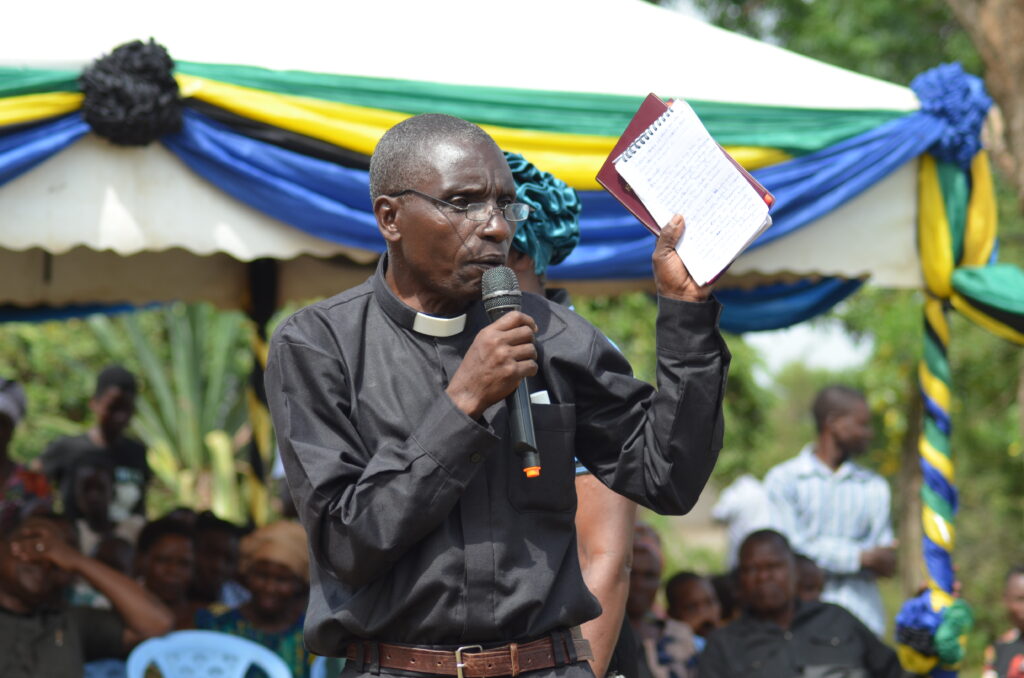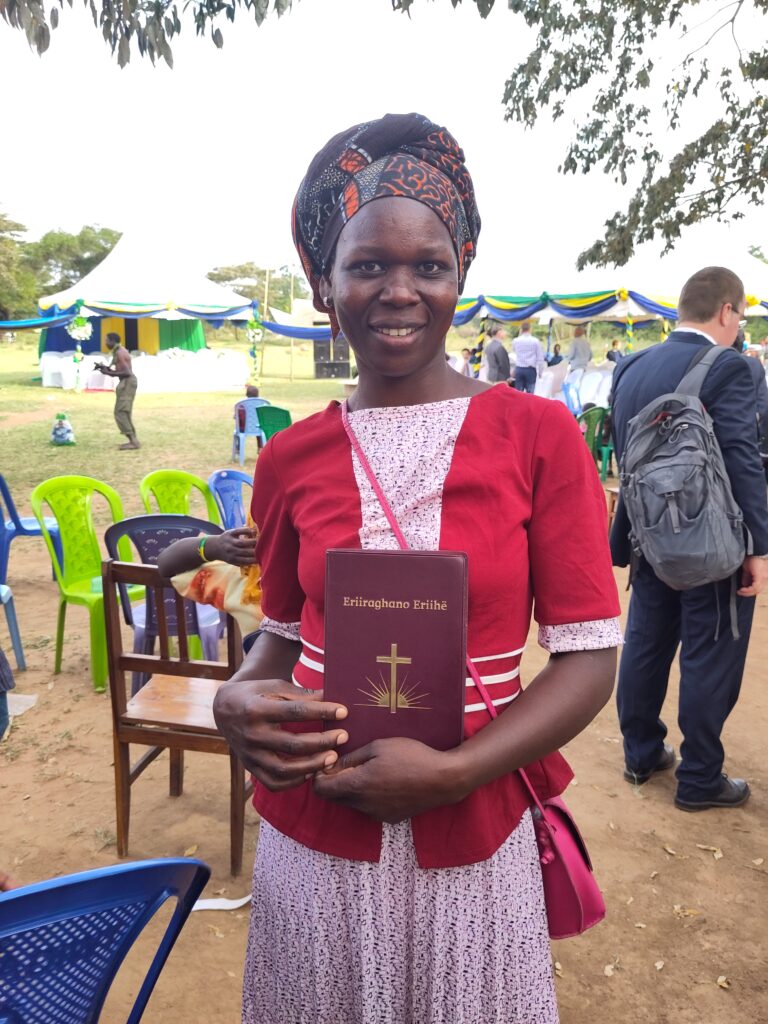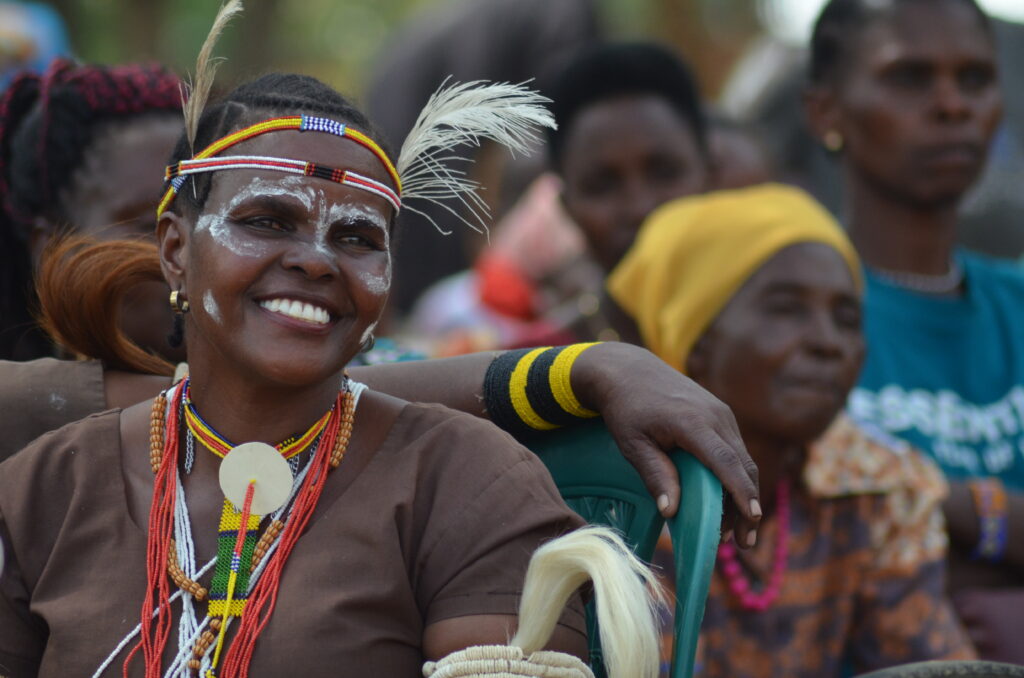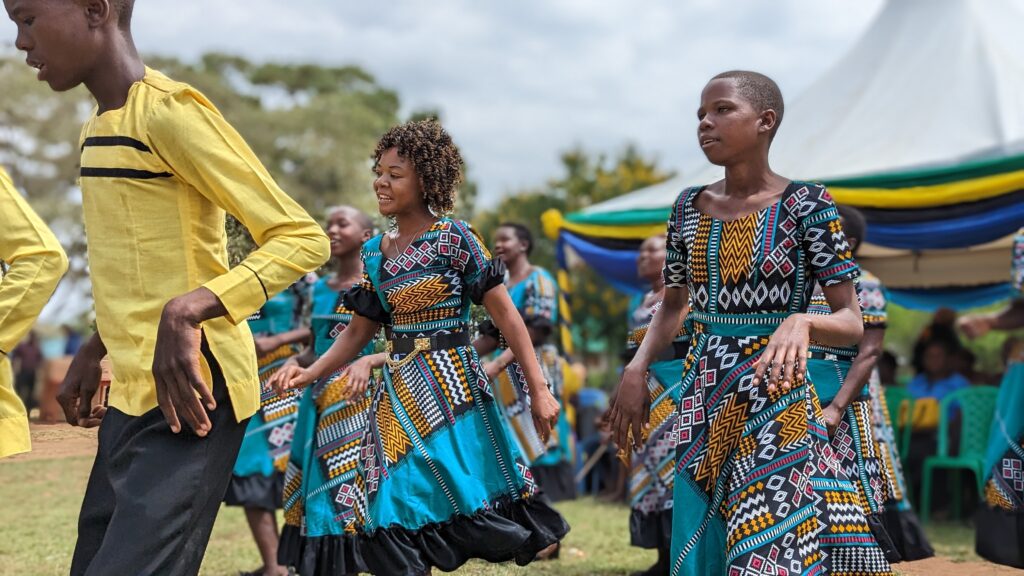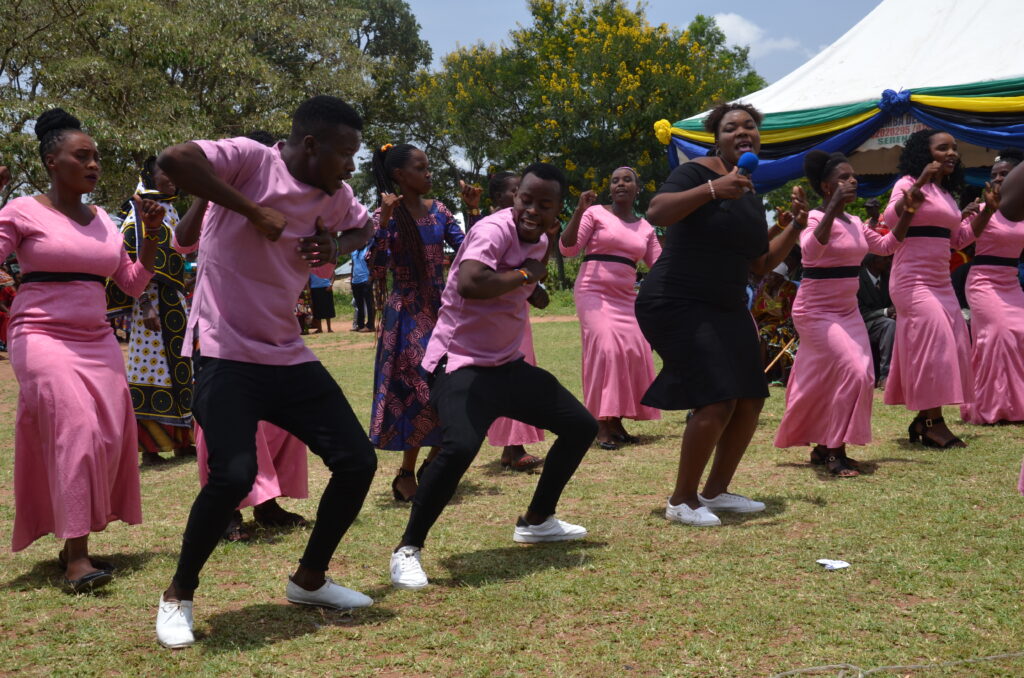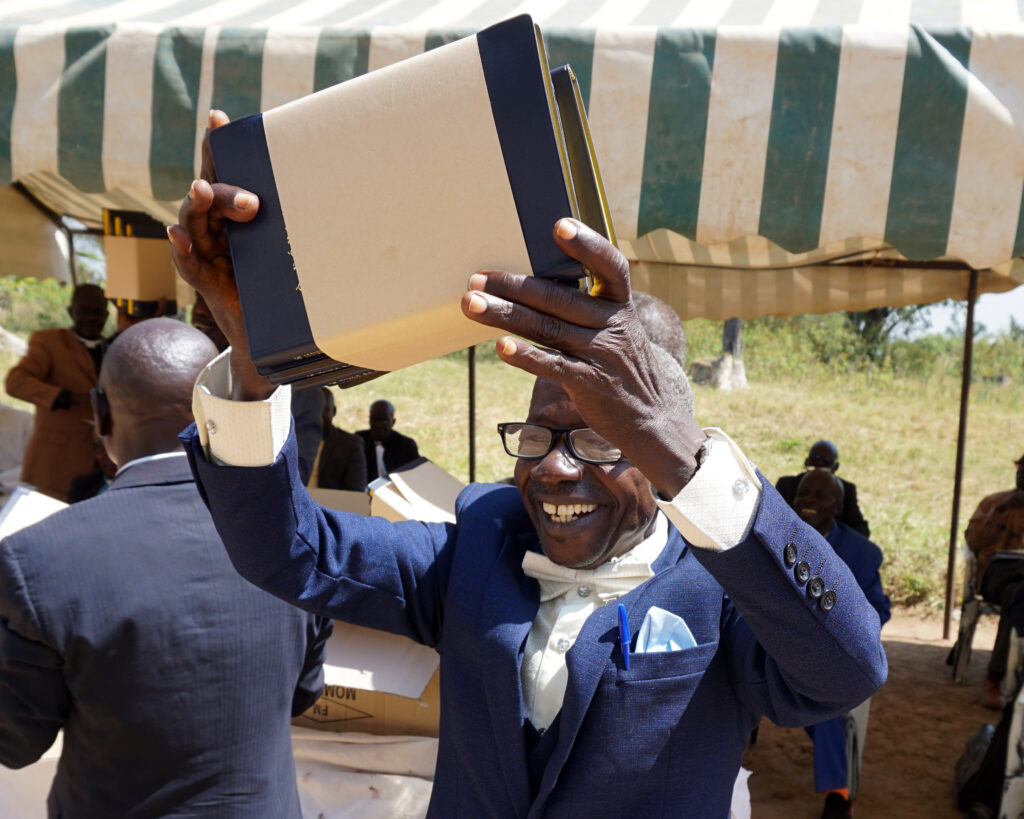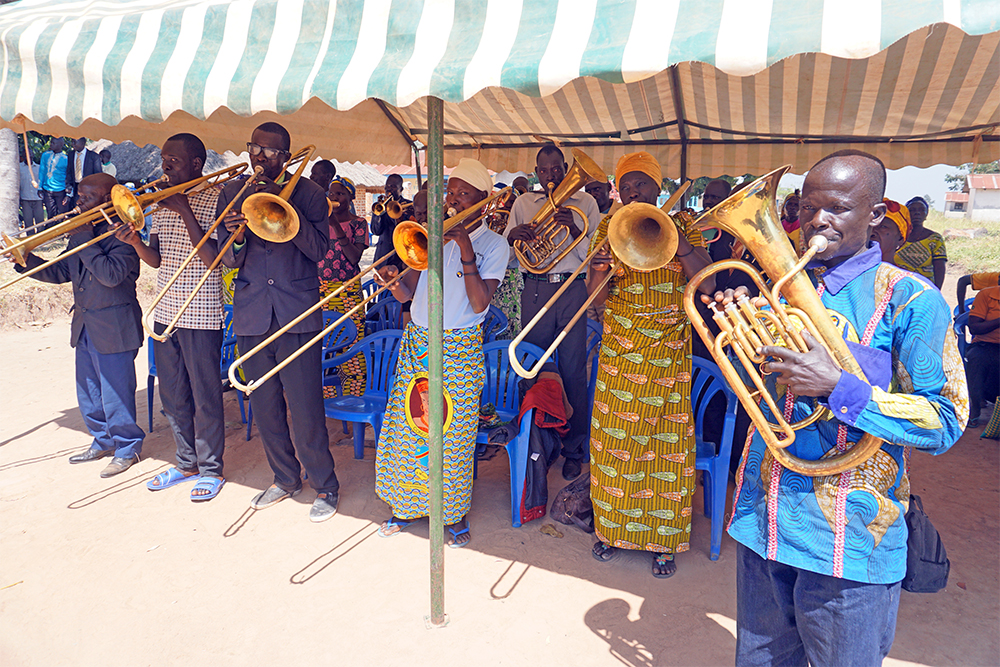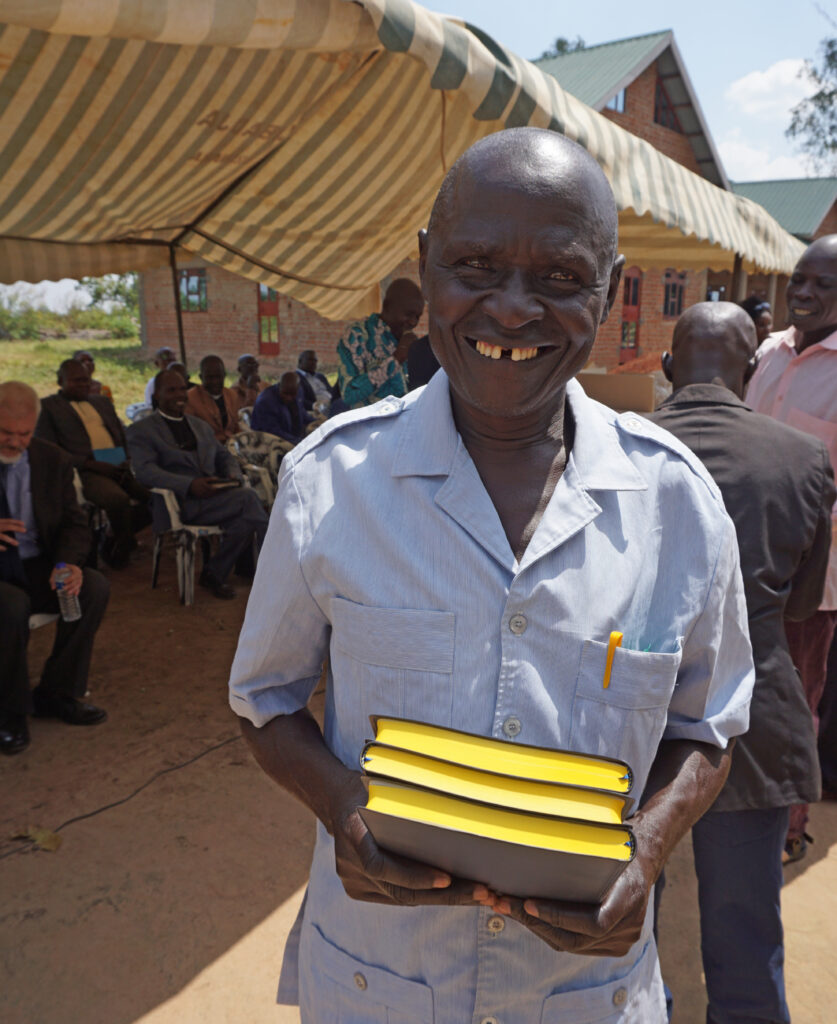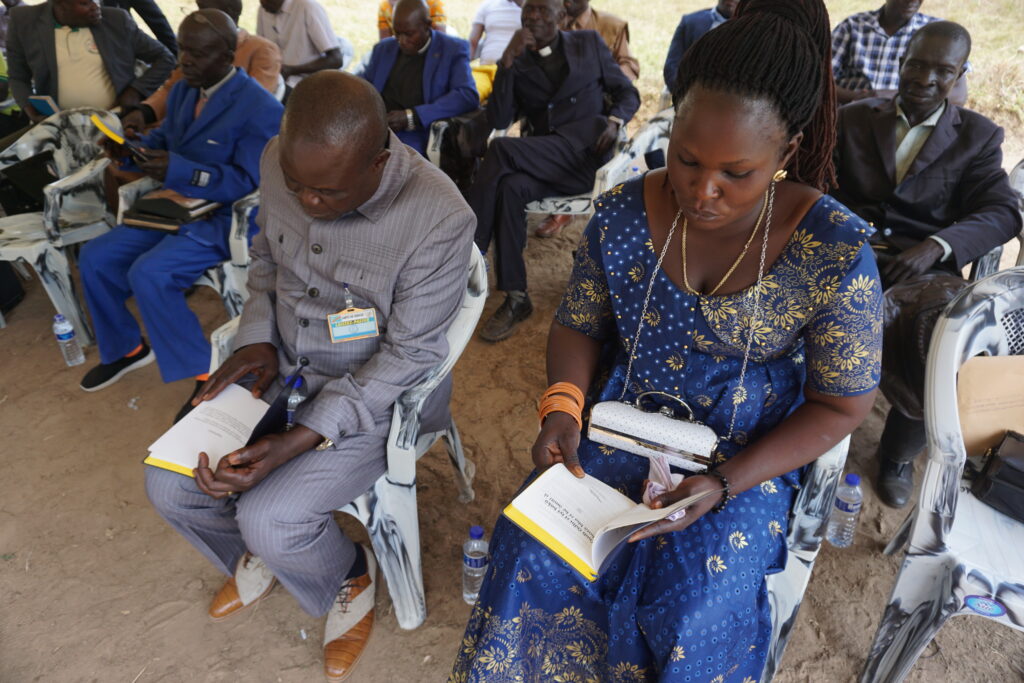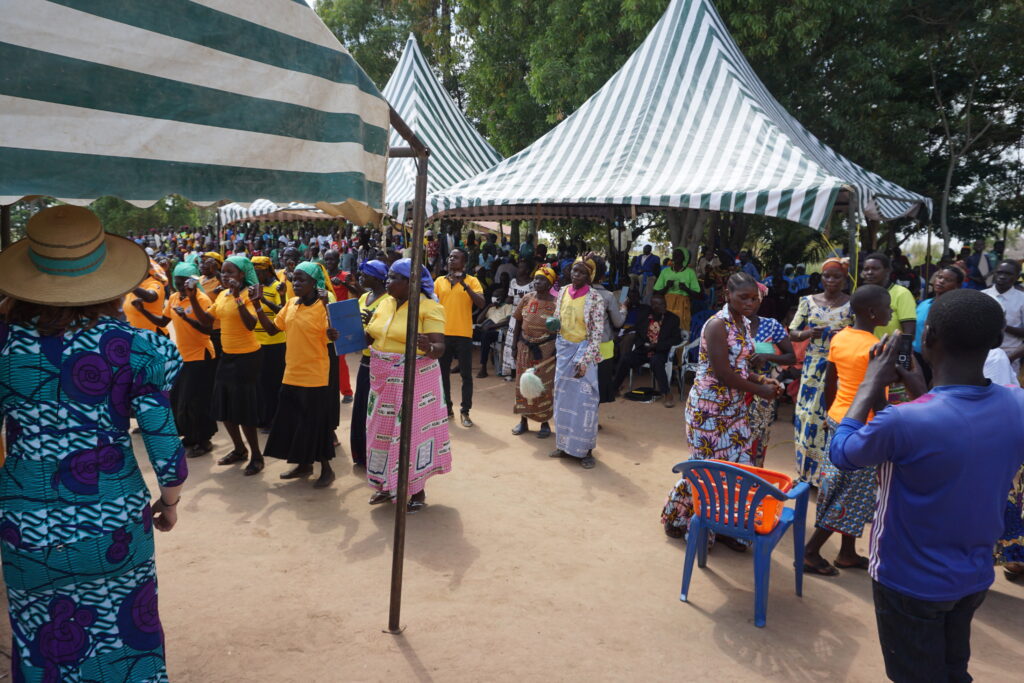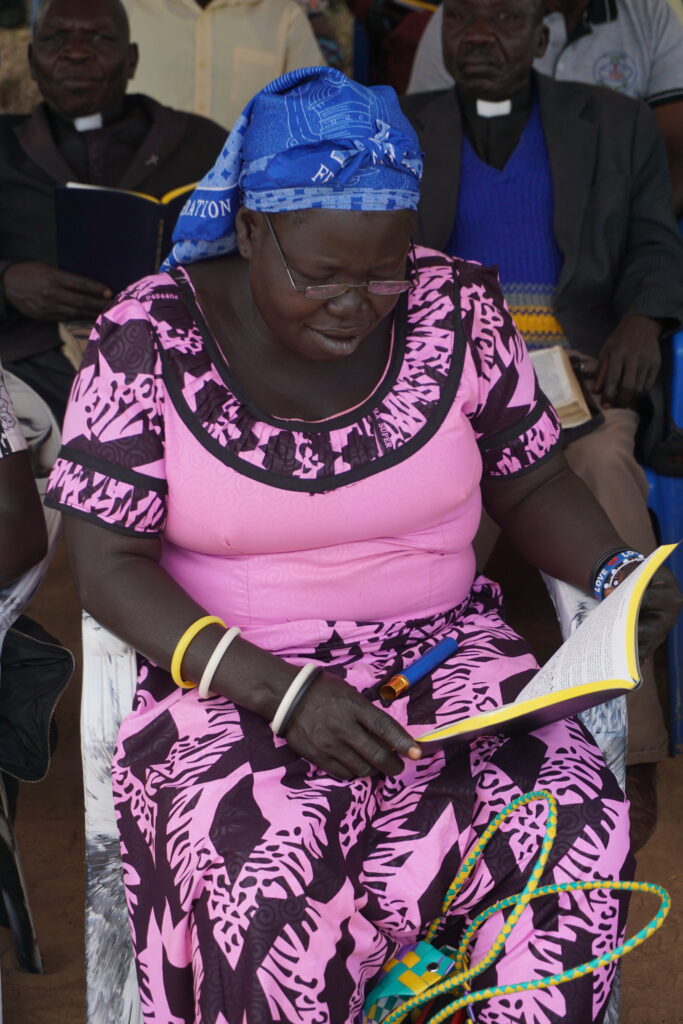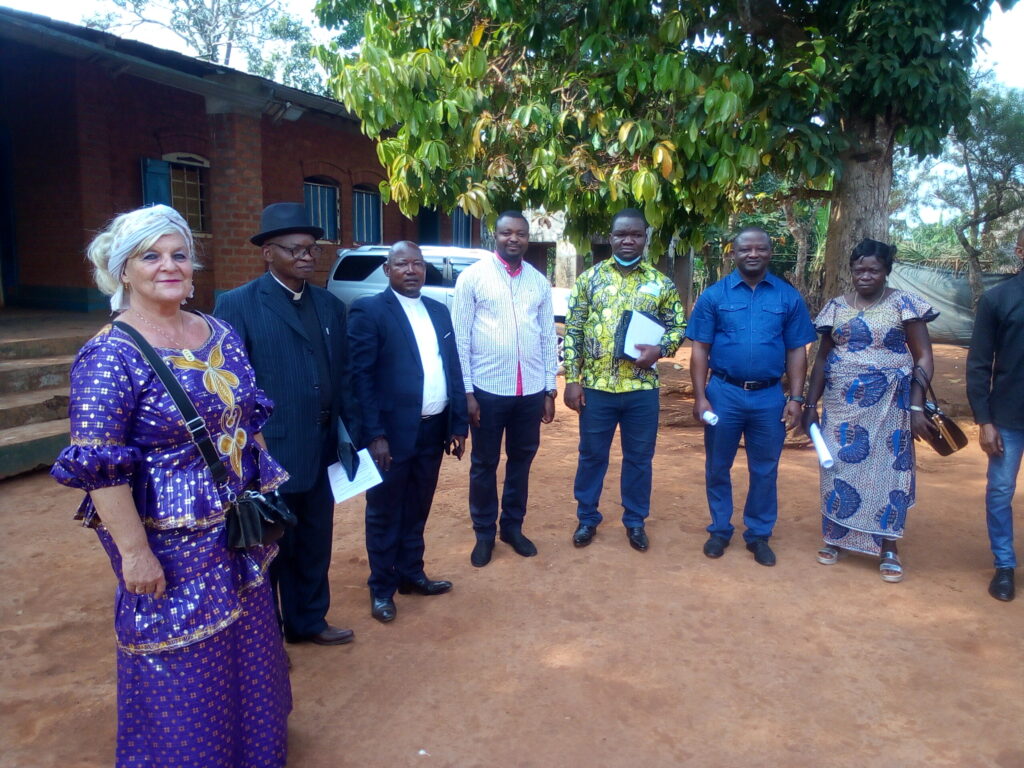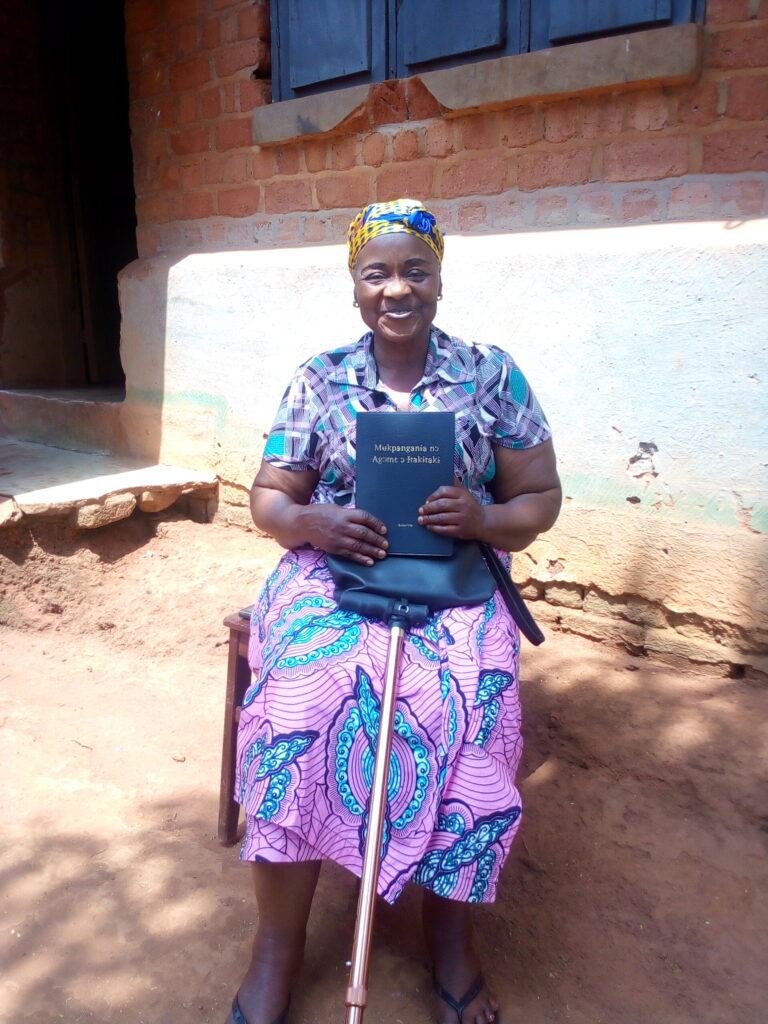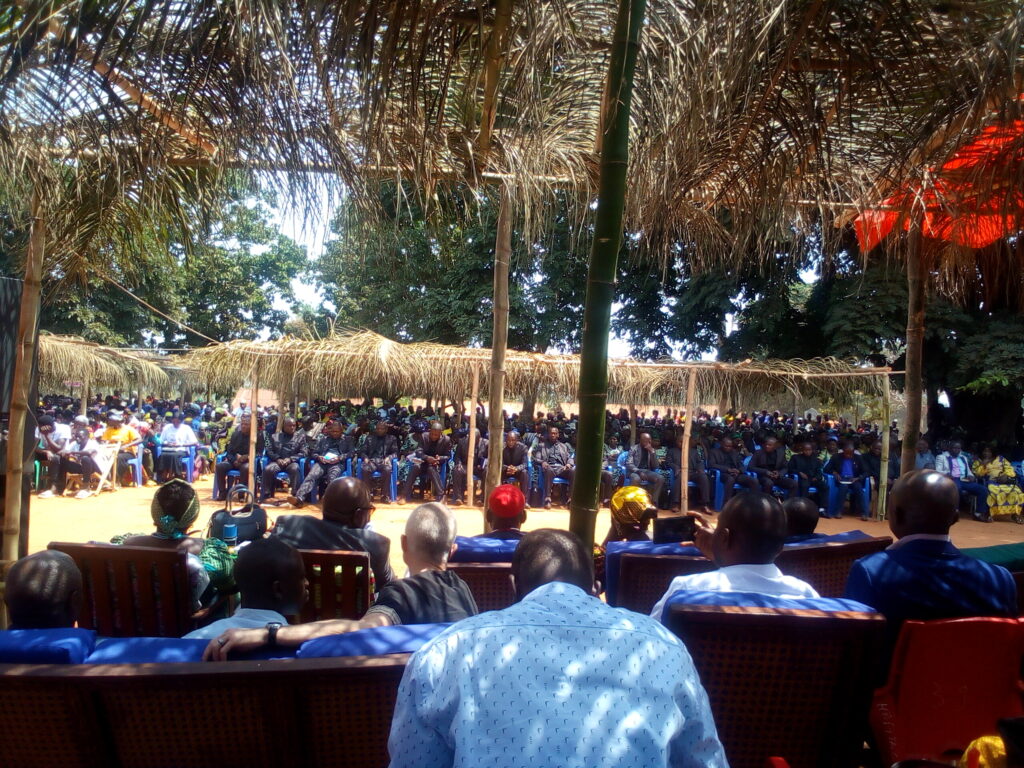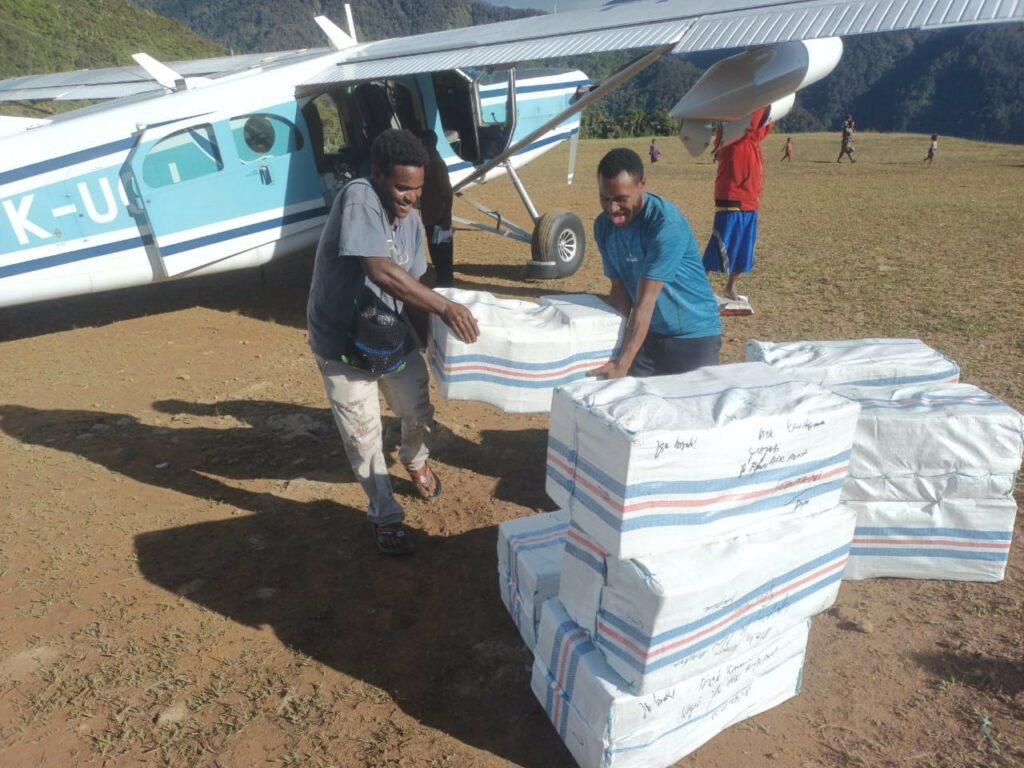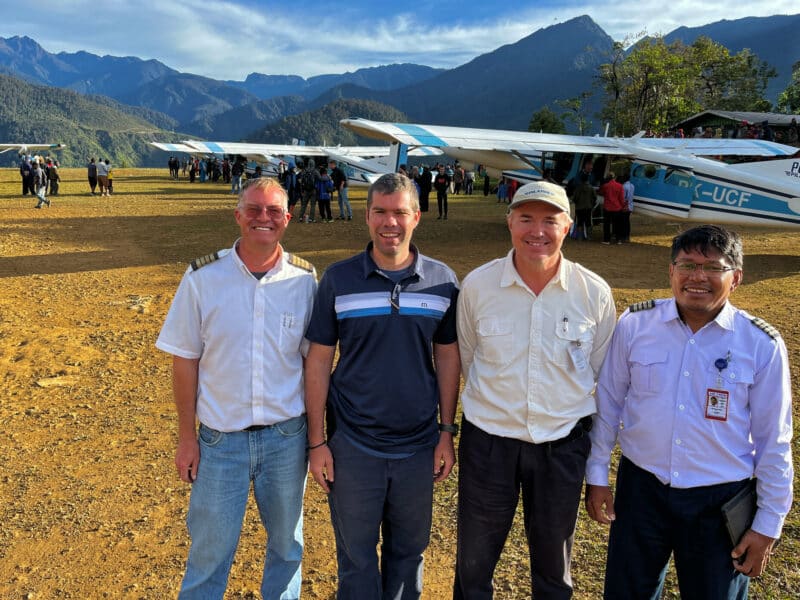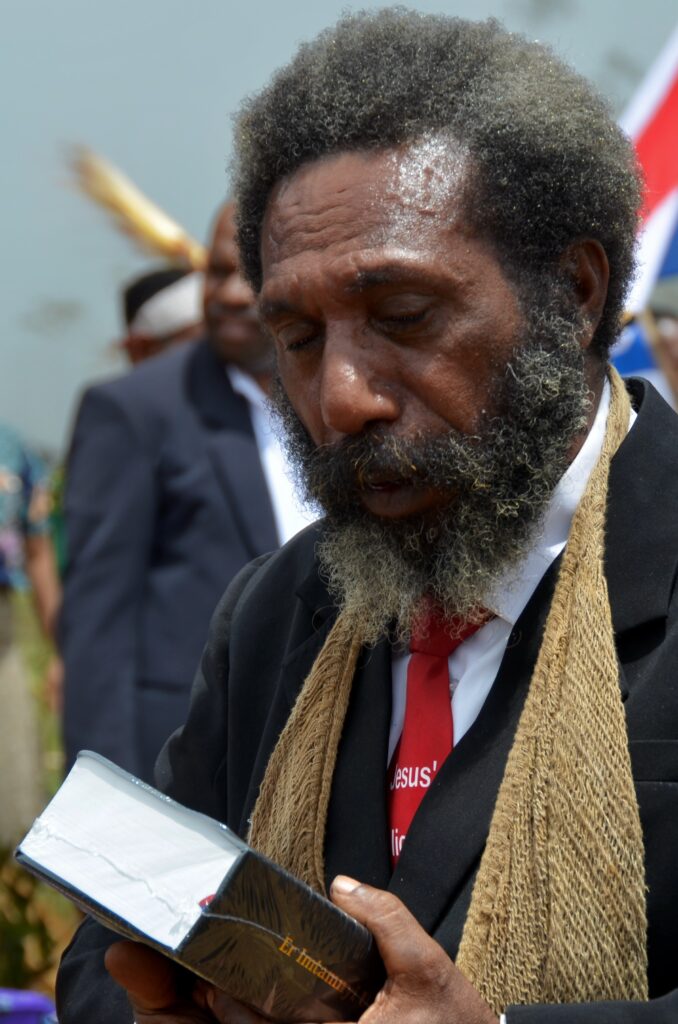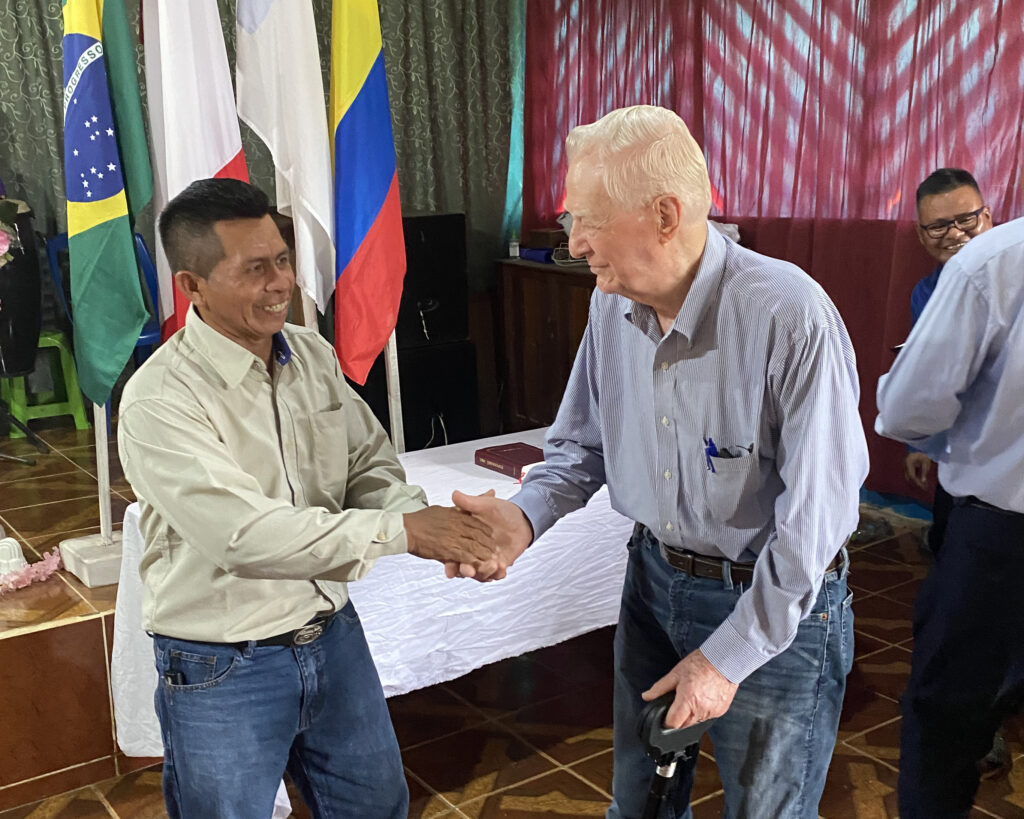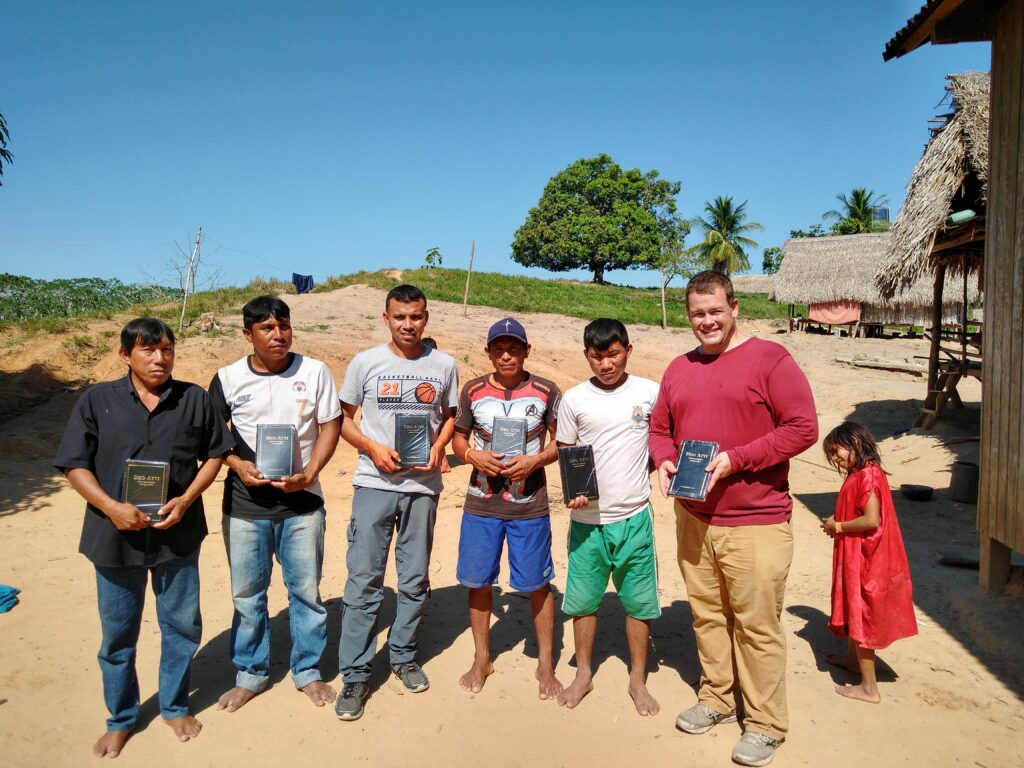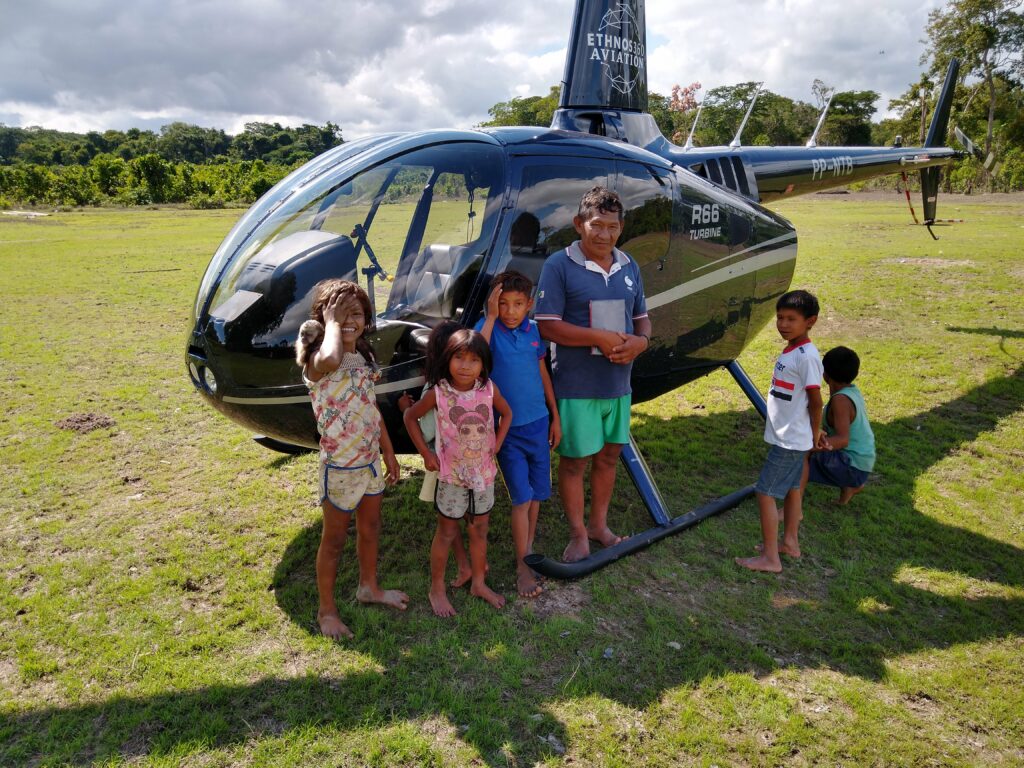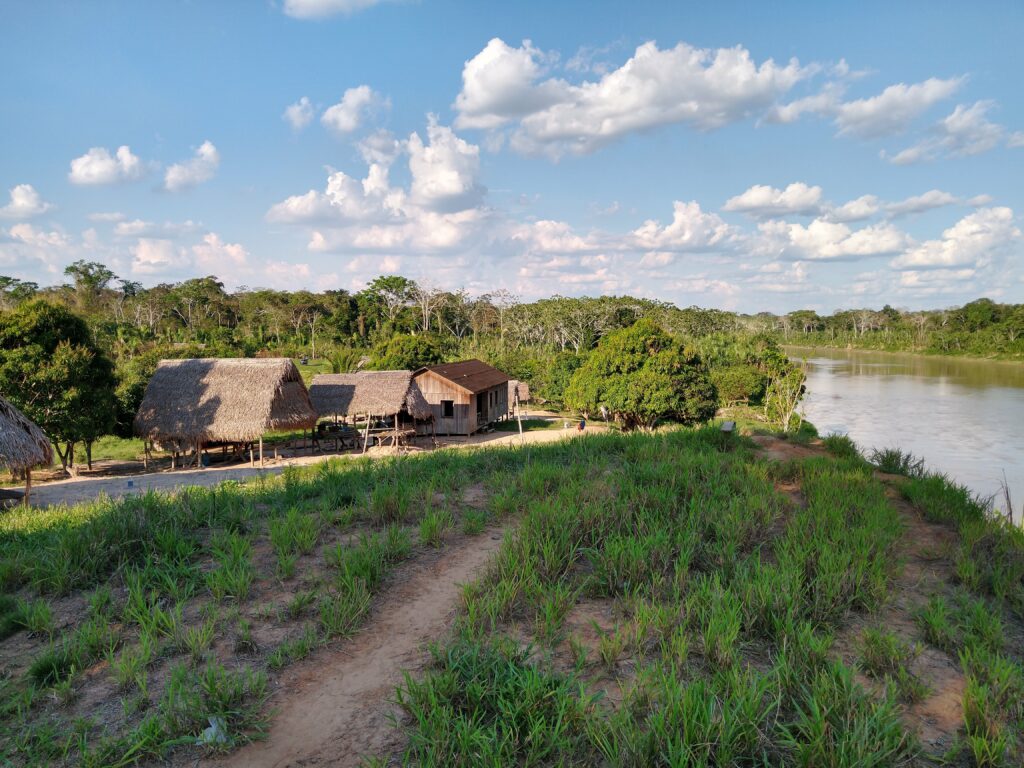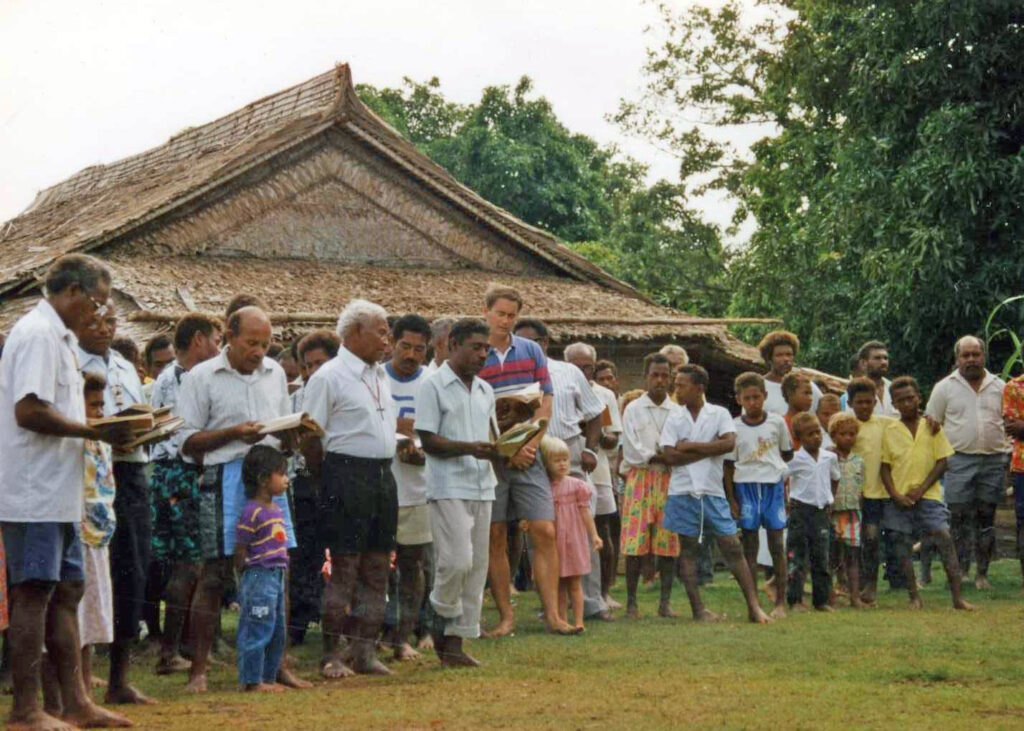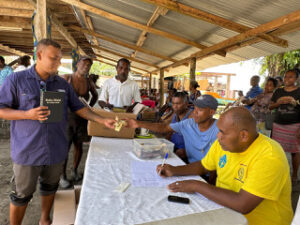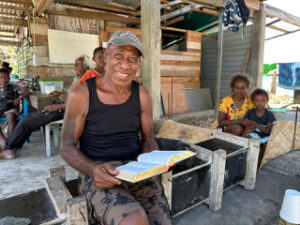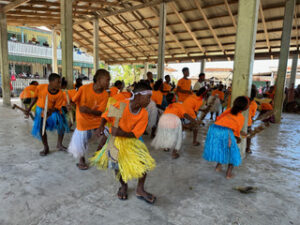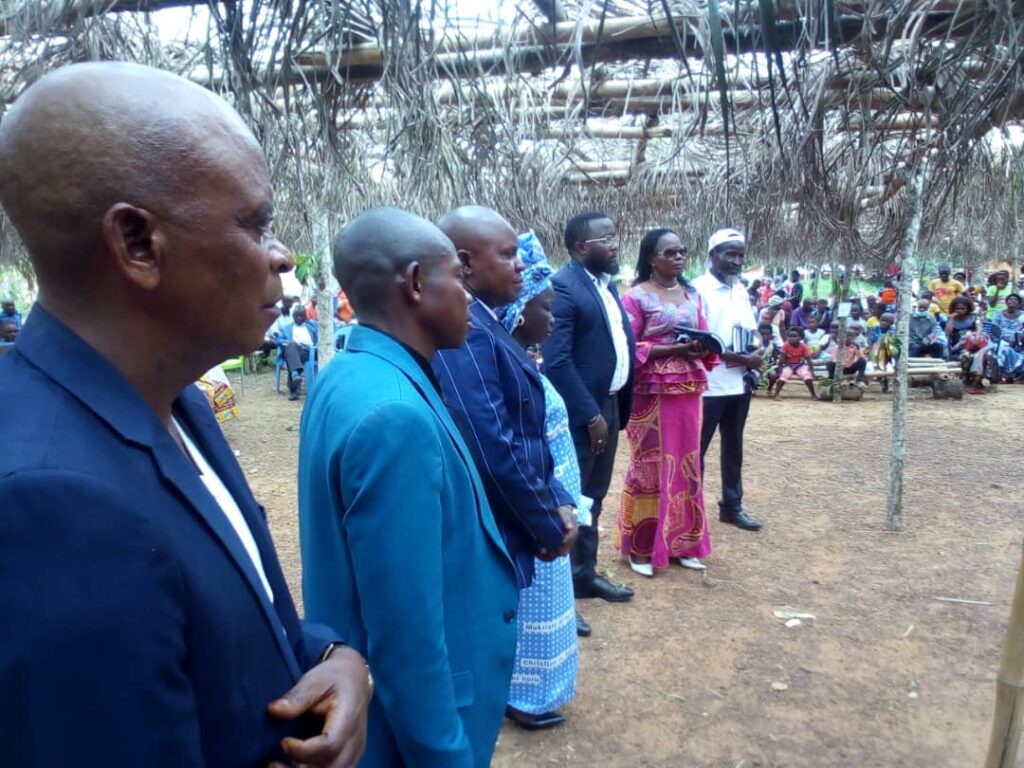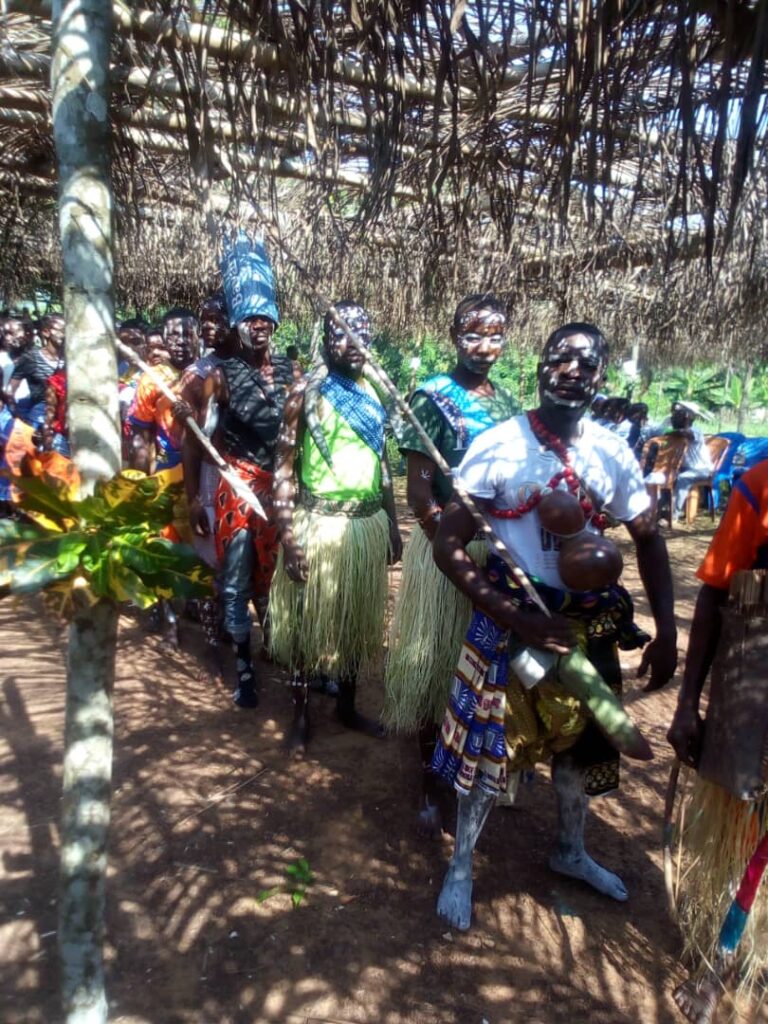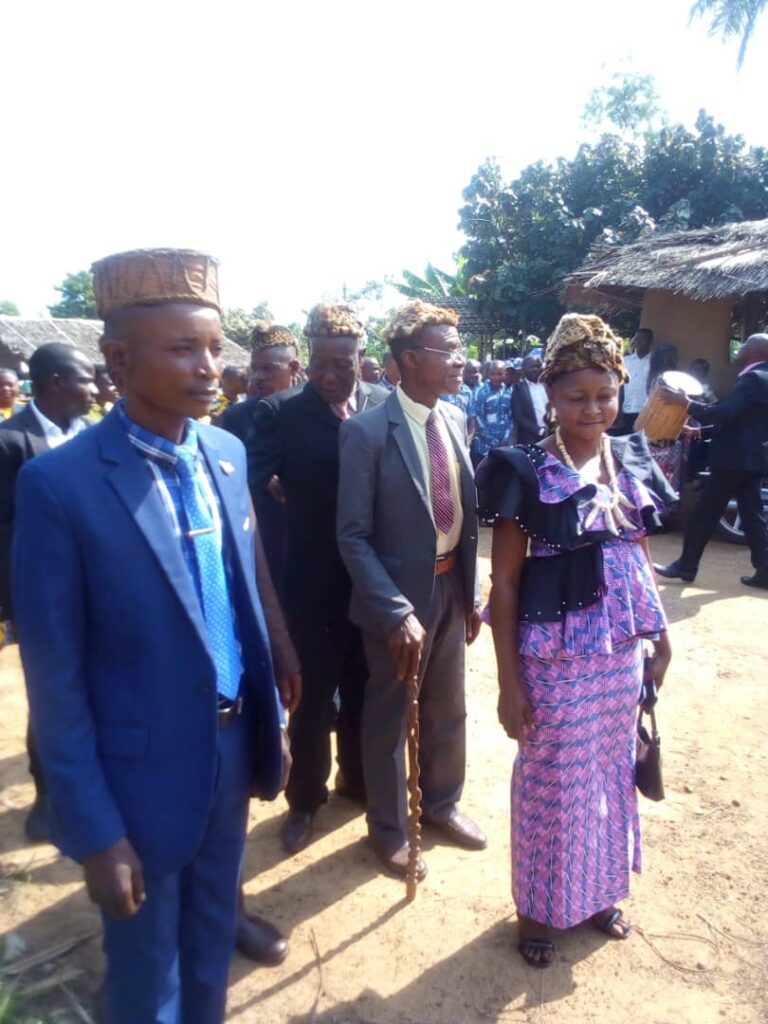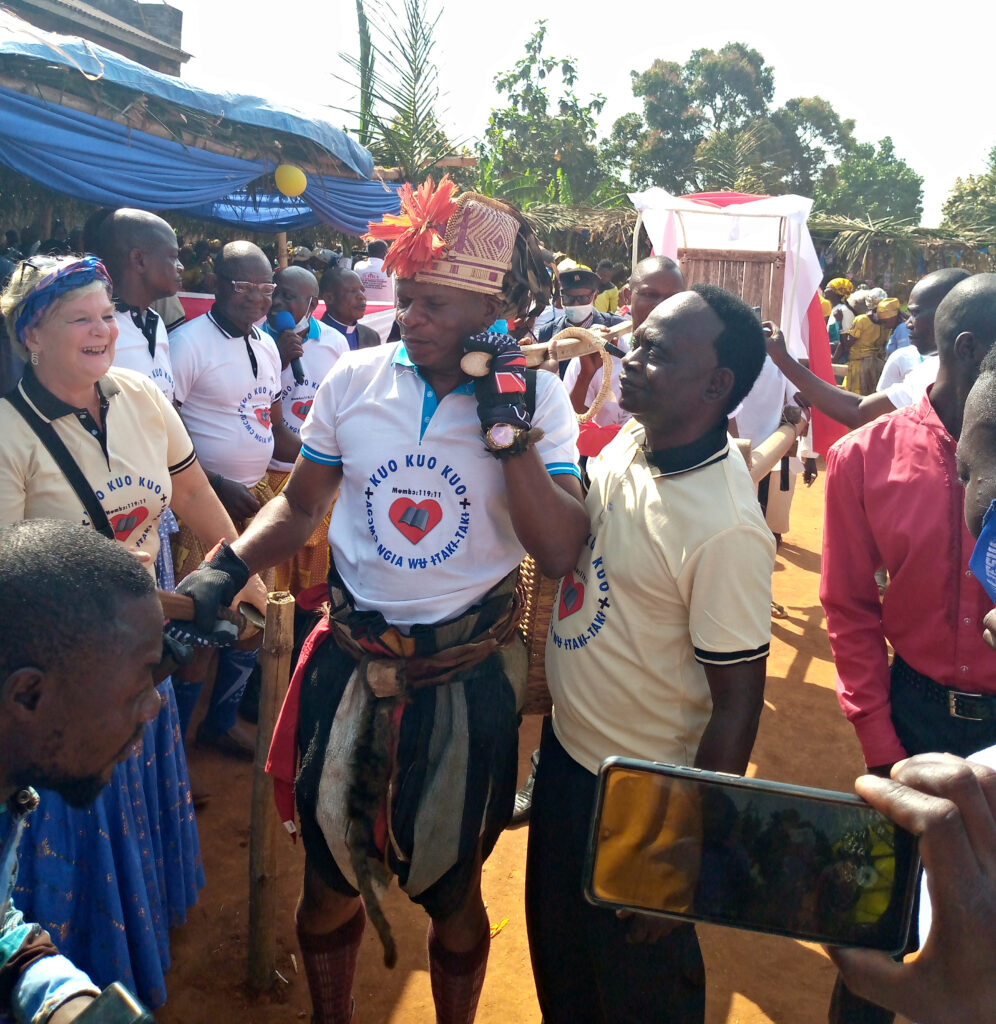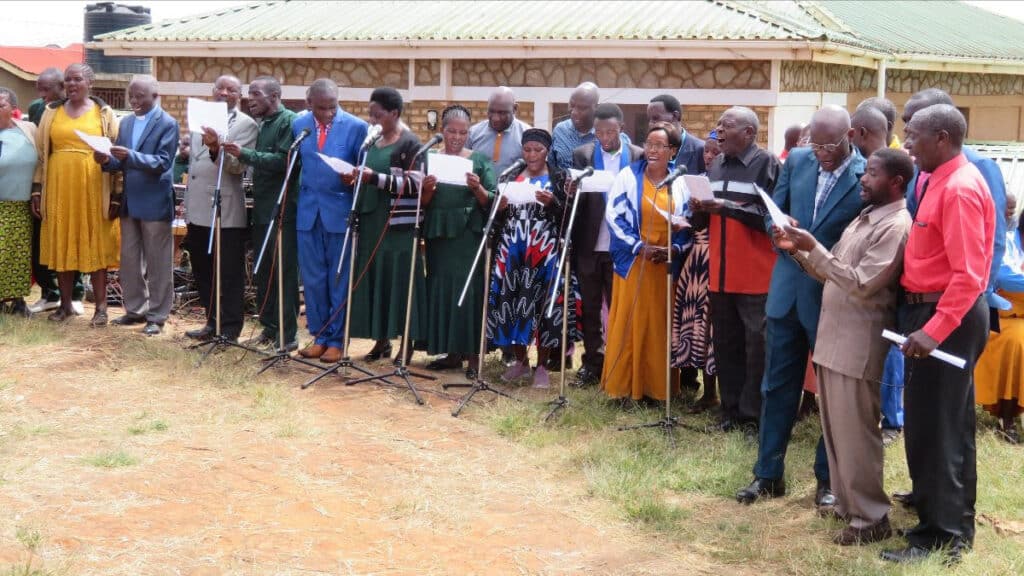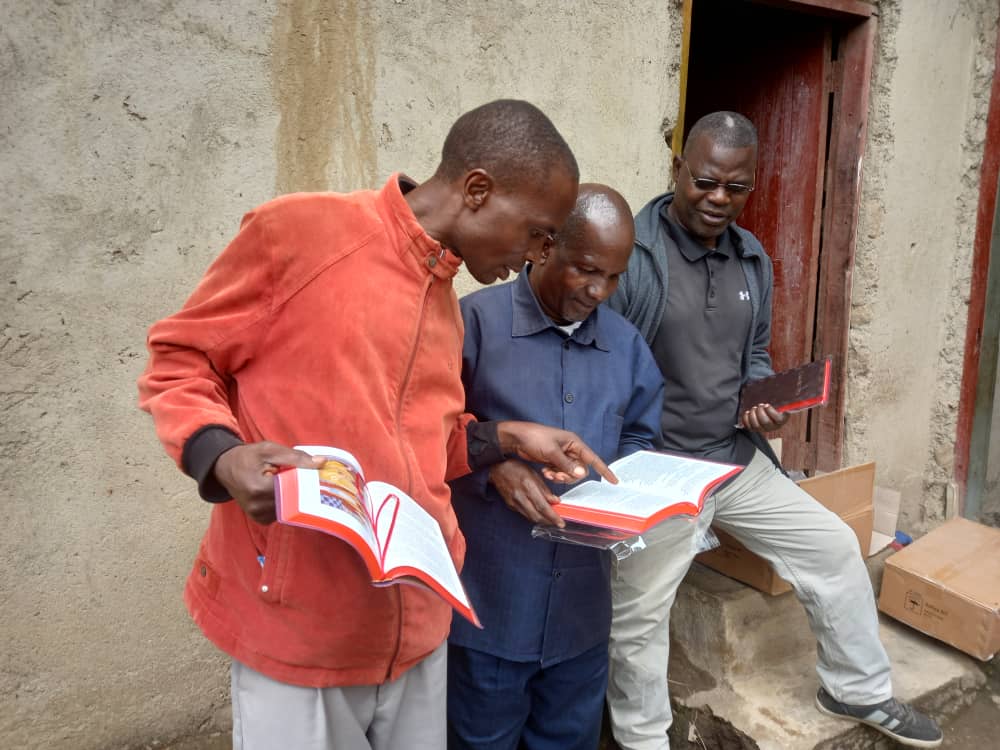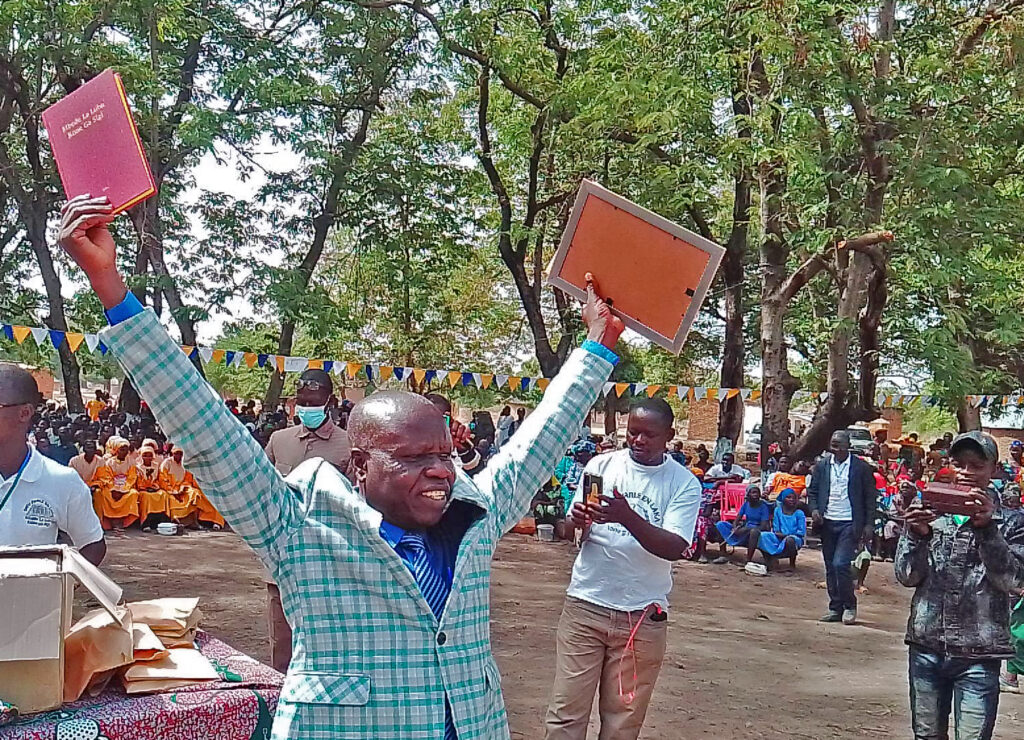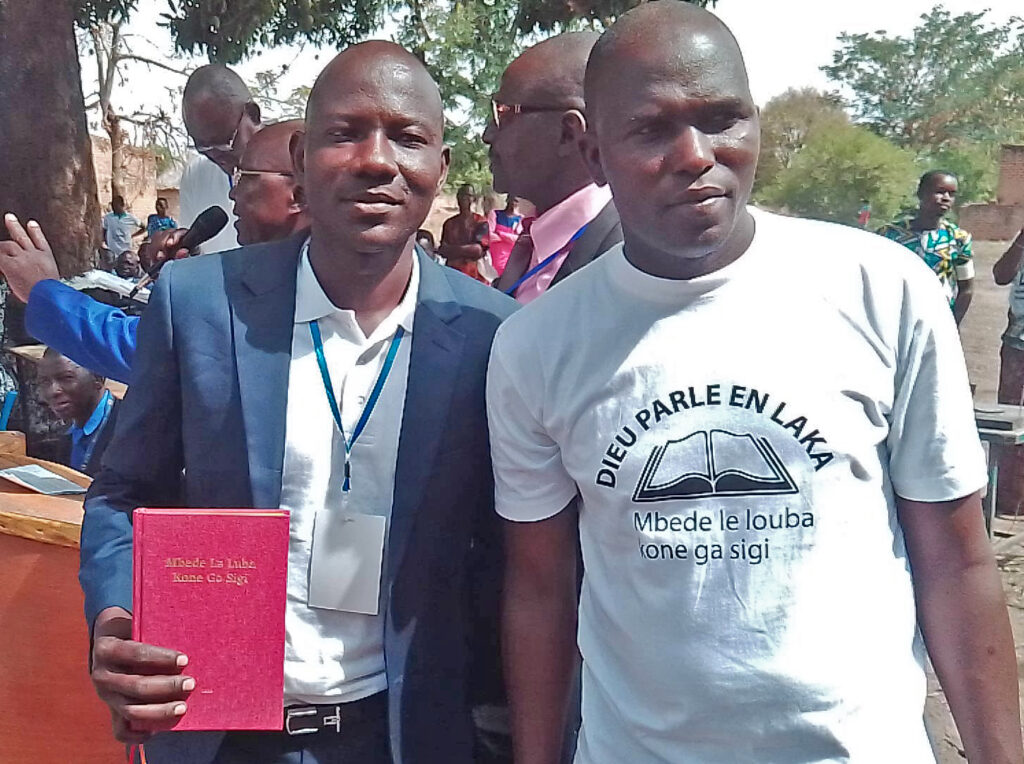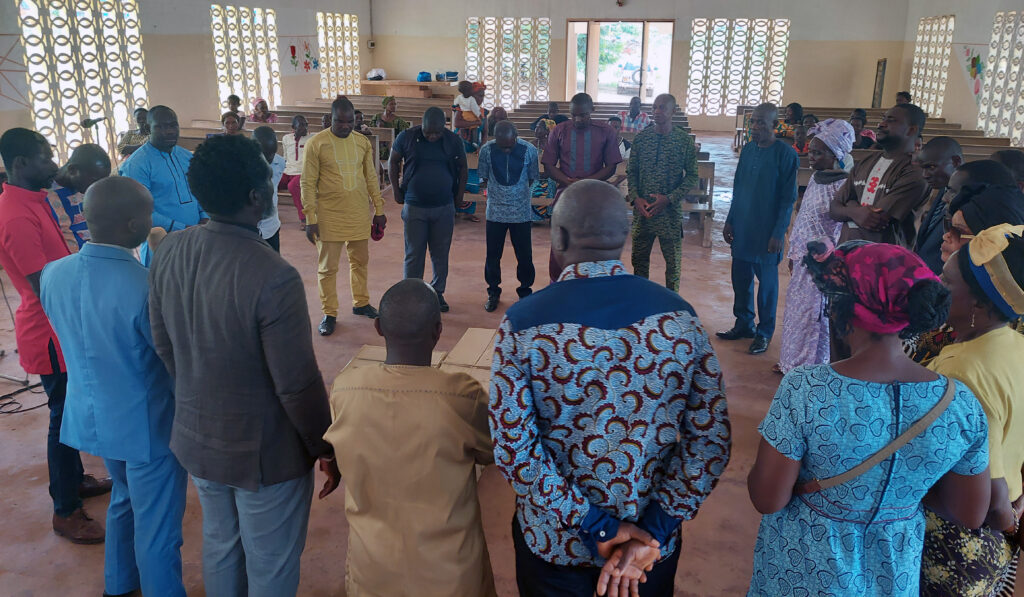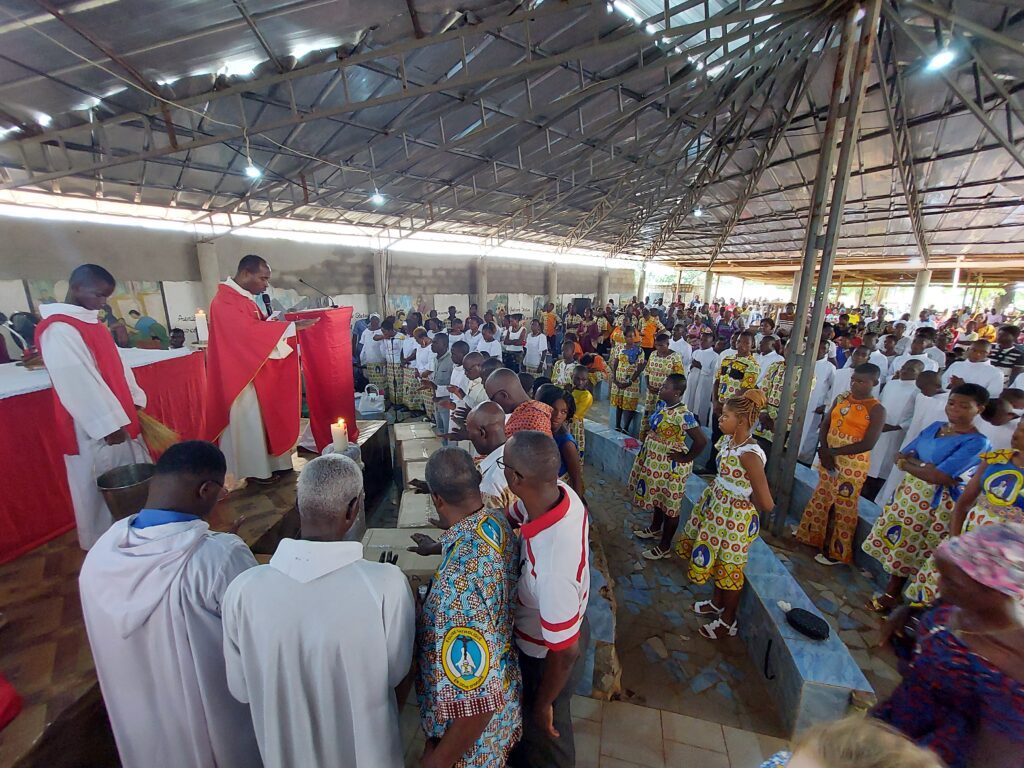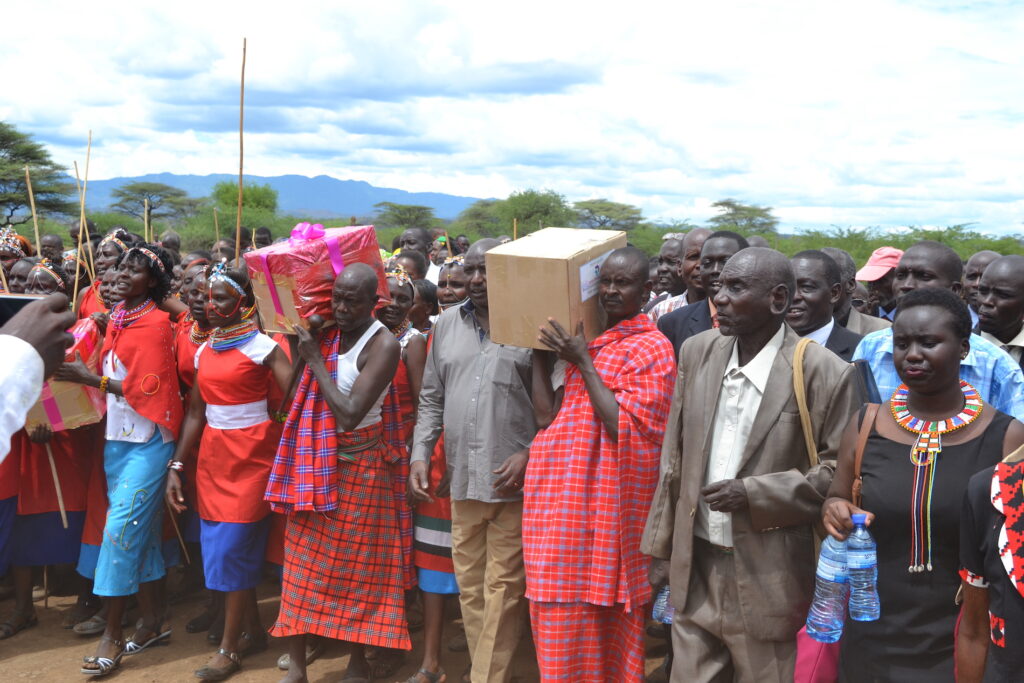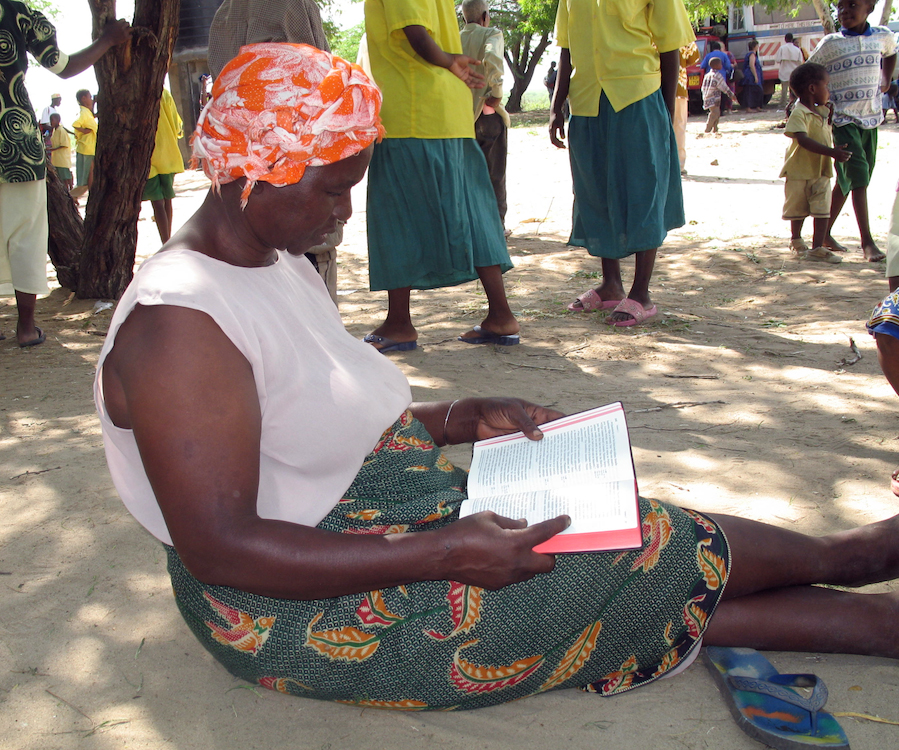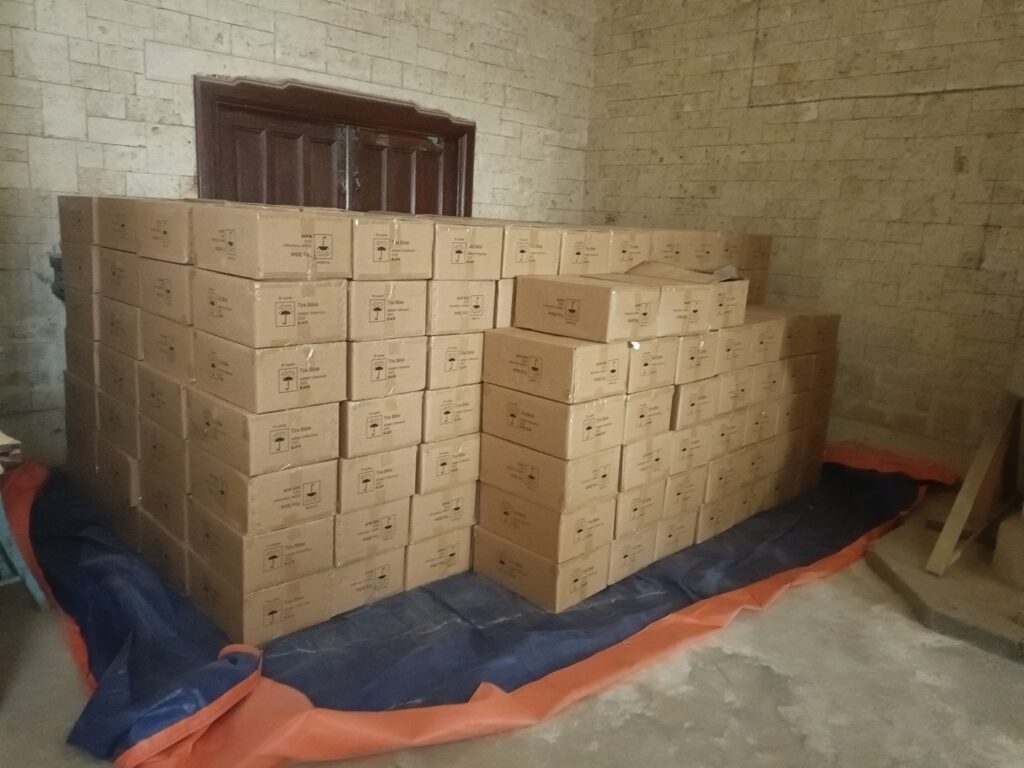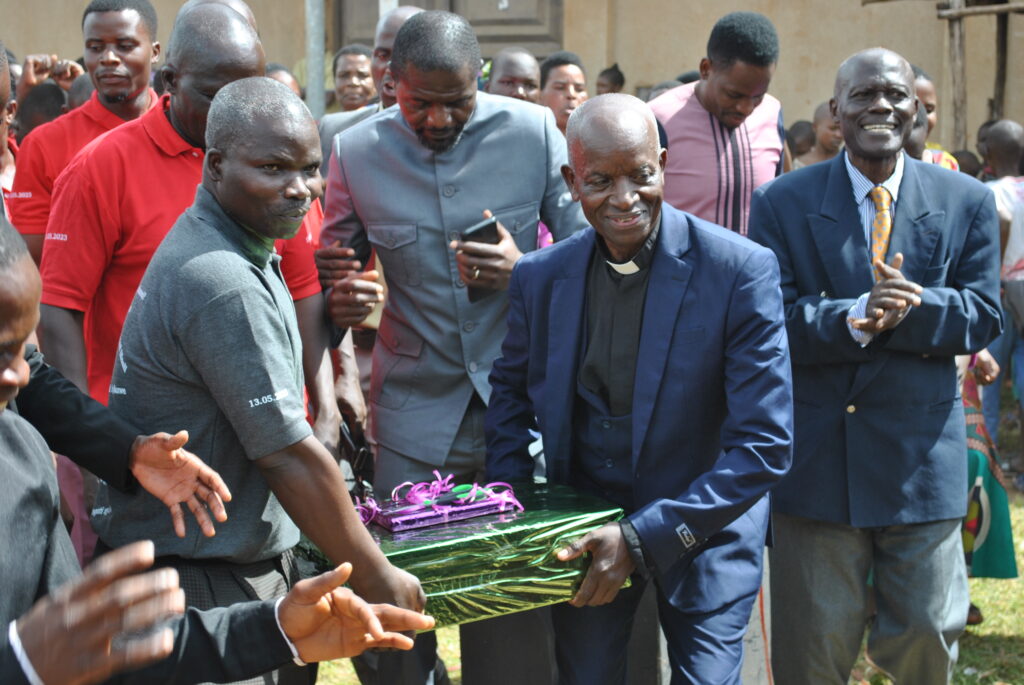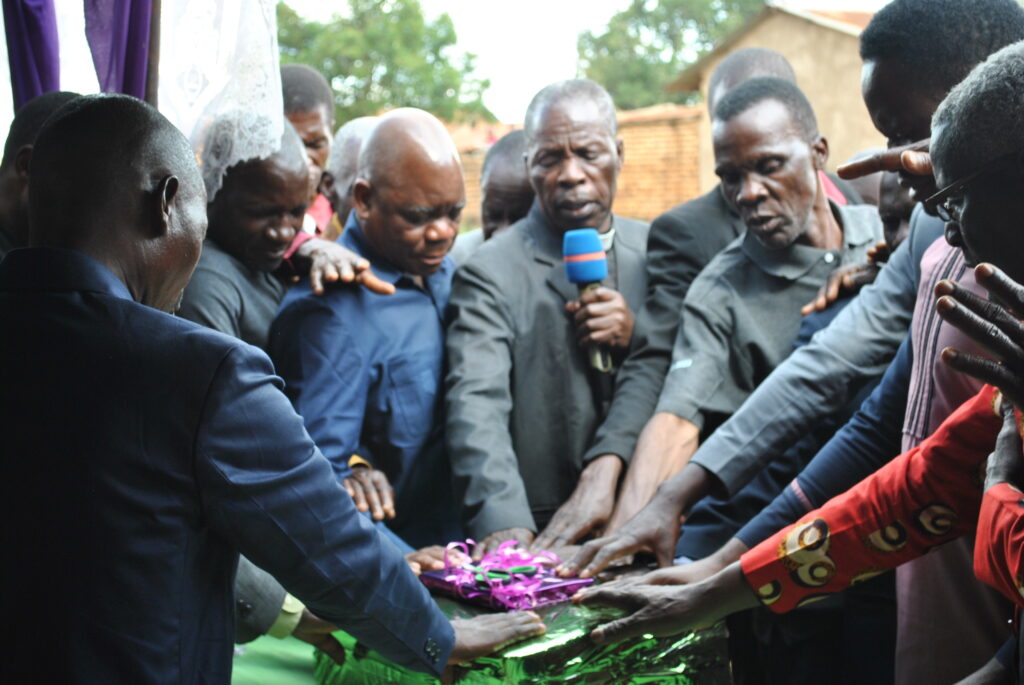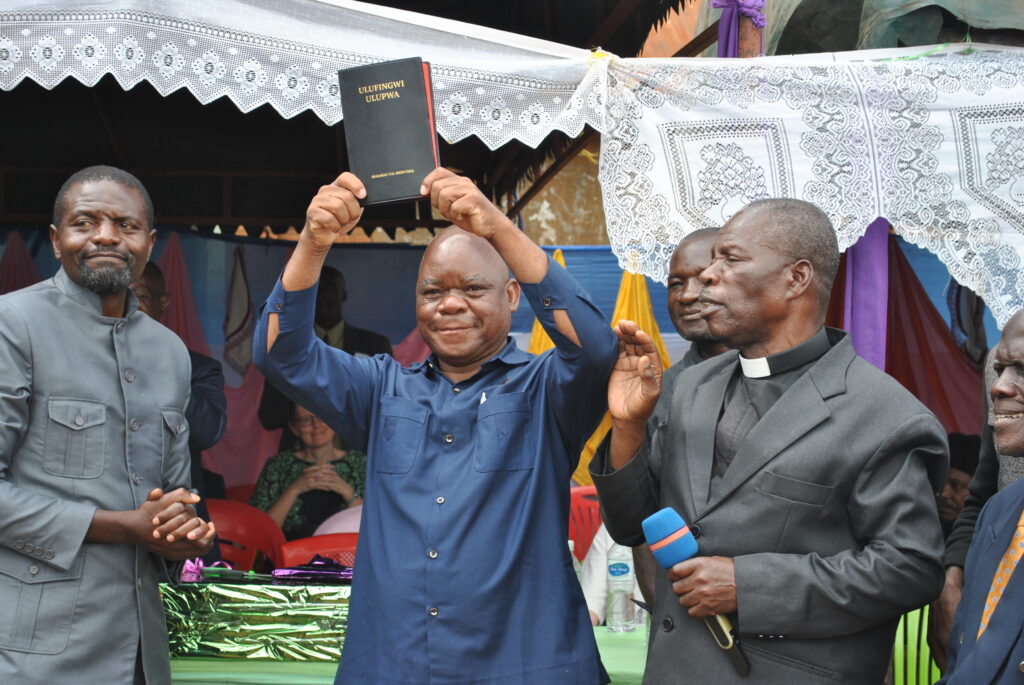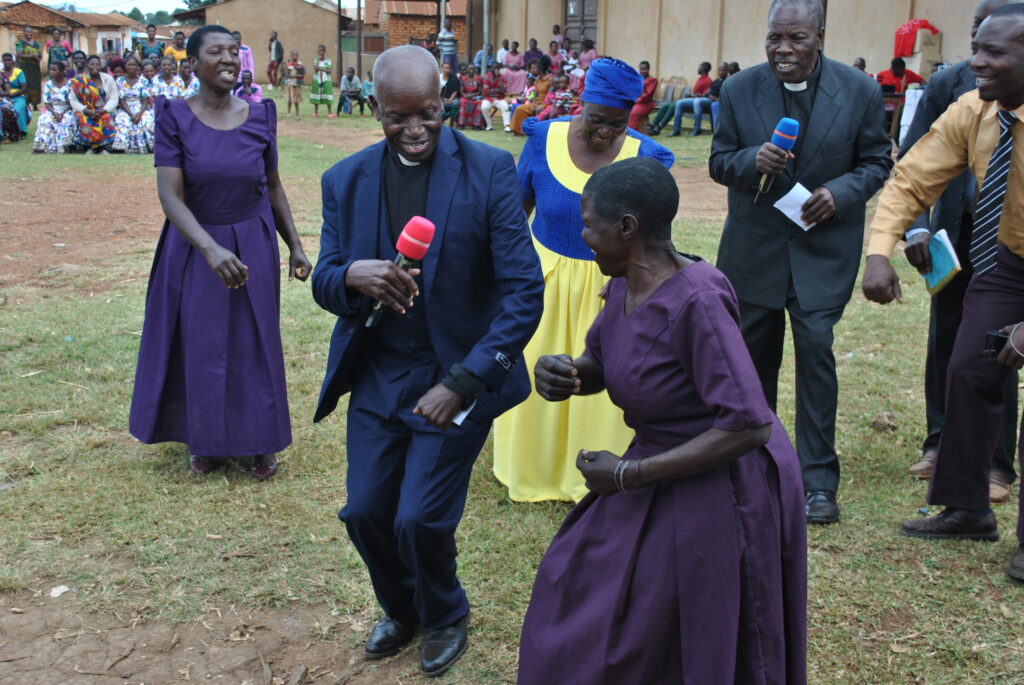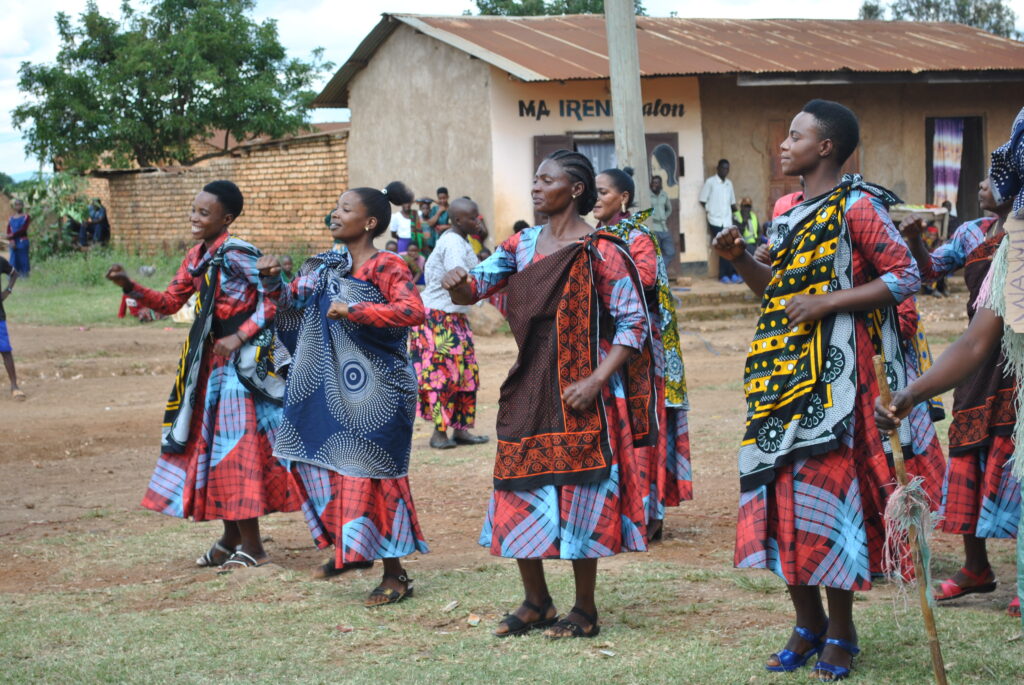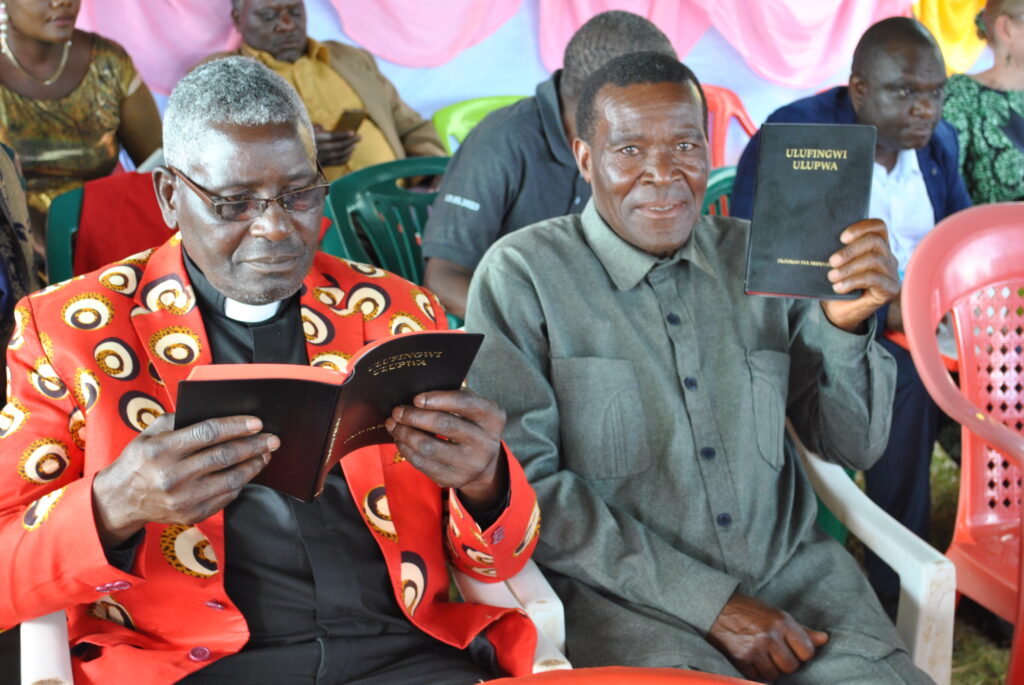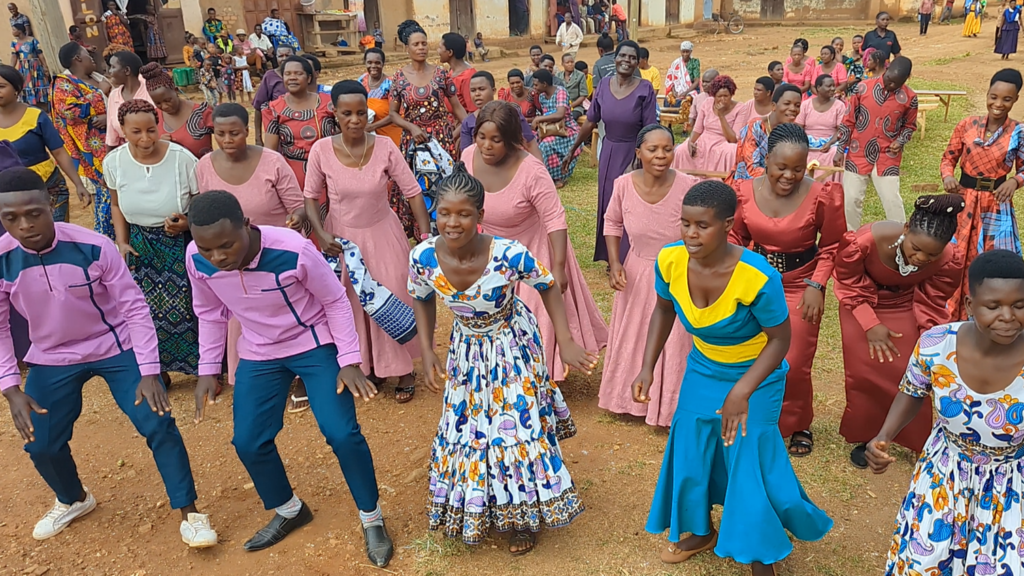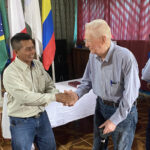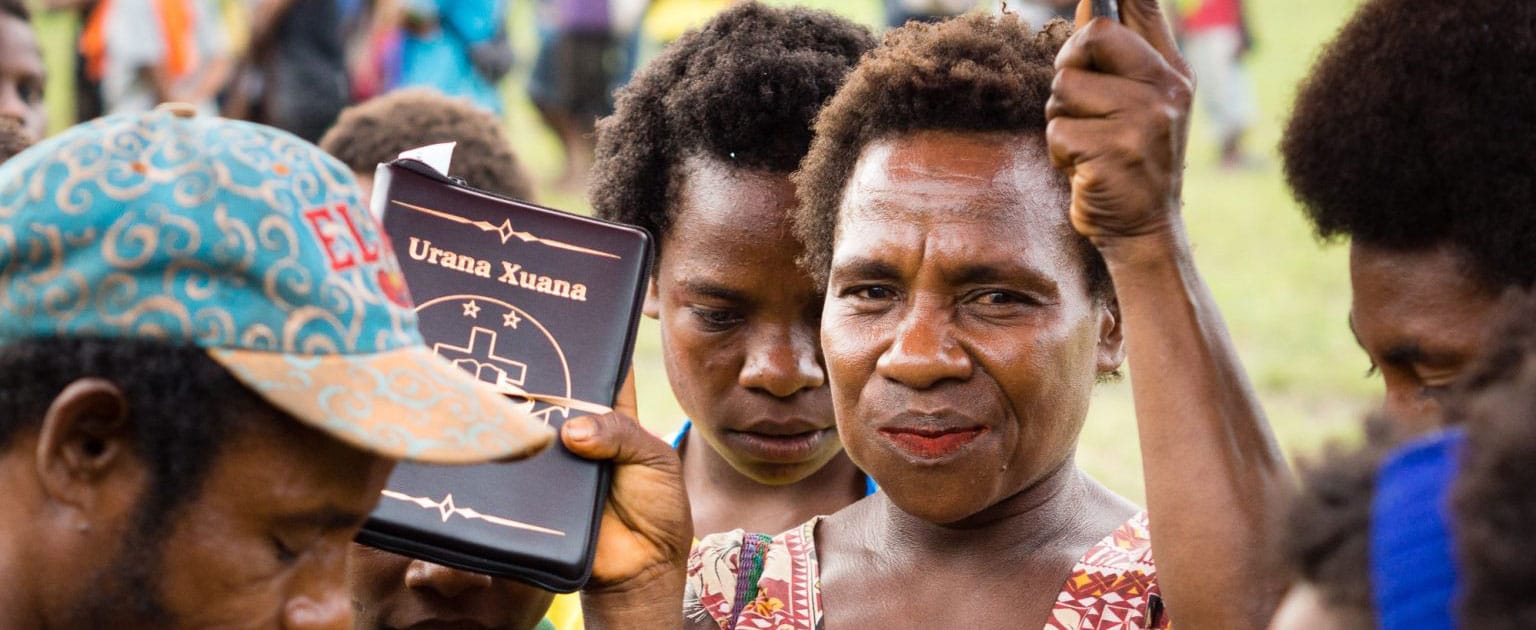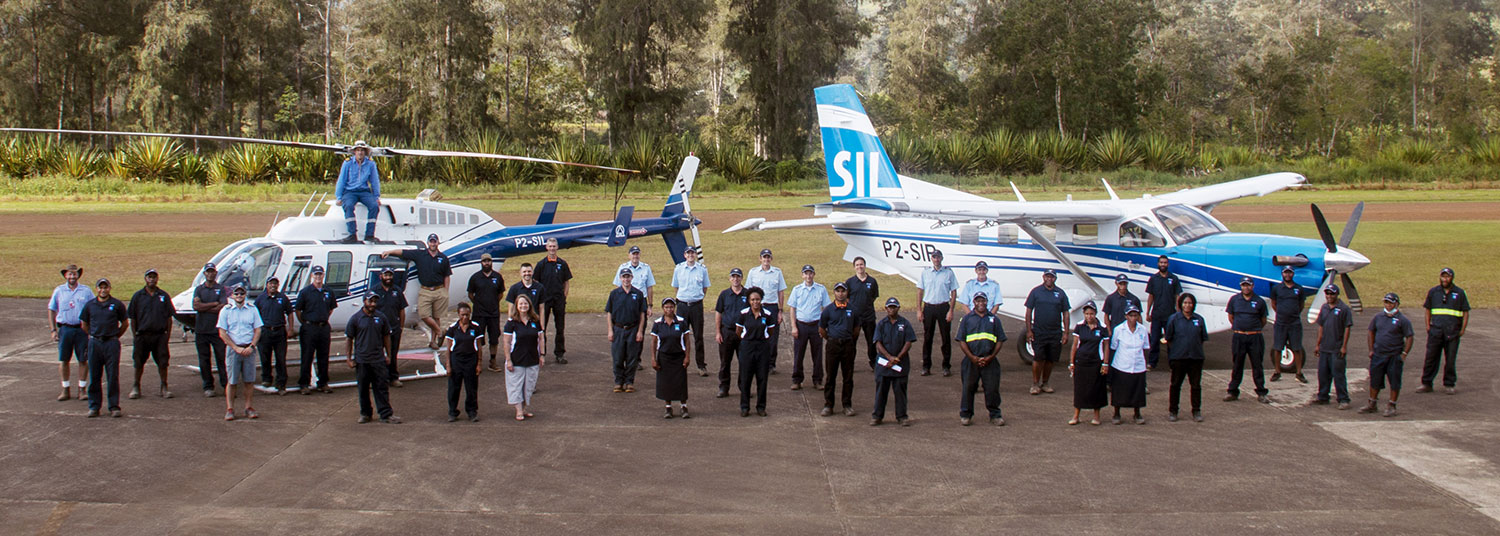“It blew me away”
It’s not every day that Nathan Hicker gets to sleep in a hammock strung across the walls of a hangar. Nathan, the JAARS Aviation Training Fellow, enjoyed these unique sleeping accommodations when he joined the Pre-Field orientees at the culminating event of their three-month training: Mountain Week.
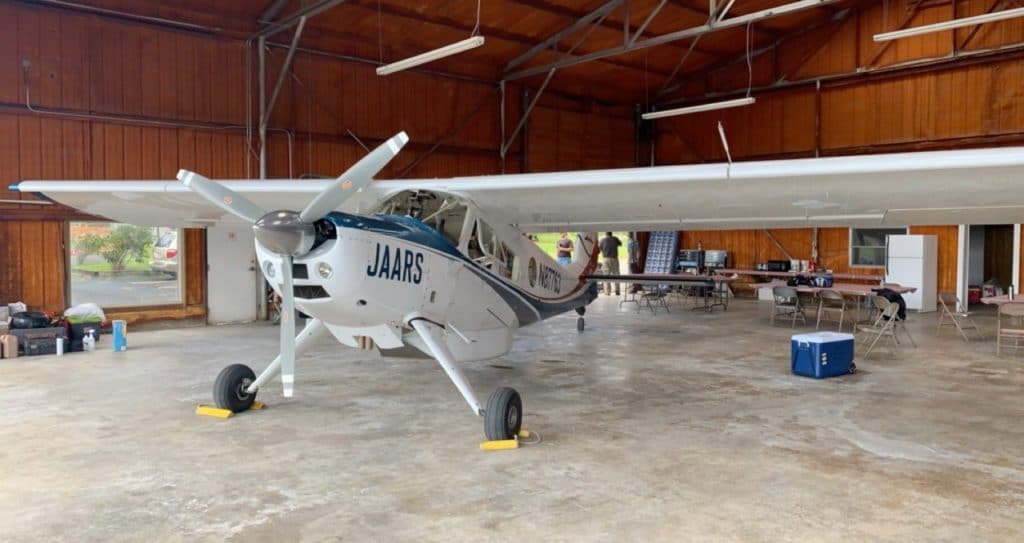
Mountain Week looked a little different this year due to COVID precautions. Instead of everyone traveling up to the North Carolina mountains together, the orientees and staff split up into three groups. For Nathan, who attended one of the weeks, the experience was “fun, filled with work and a lot of waiting.”
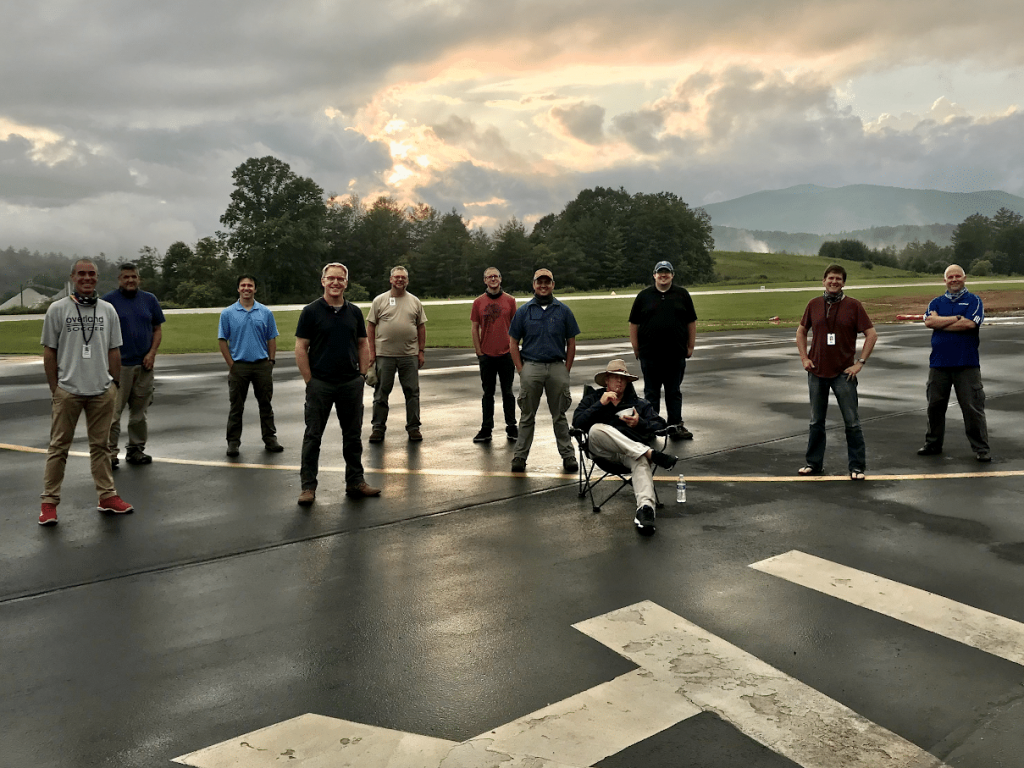
Fun. One of the activities Nathan enjoyed most was helping with package drops. First, the staff removed the rear doors of the aircraft. Then they set up cones on the runway and placed a can on one of the cones.
The pilot and a fellow orientee in the back of the aircraft practiced hitting the can with different-sized packages while soaring over. The pilot tossed the small packages out of his window. The second crew member dropped medium packages and those with parachutes out of the rear of the aircraft at a cue from the pilot. Nathan told the pilots where their packages landed in relation to the can.
It’s impossible to land in some of the places where the aviation partners of JAARS operate. In such places, the easiest and sometimes only way to get people’s stuff to them is to drop it out of the airplane.
A lot of work. Nathan provided important data for the pilots, such as the angle they approached from, where they touched down, and how long it took them to get their wheels off the ground.
Nathan measured the approach angle, which, according to him, “wasn’t the easiest thing in the world to do [since] the aircraft is constantly moving and adjusting.”
This data is crucial because at many of the runways these students will fly from, there’s not much margin for error. The data Nathan and the other staff gave the pilots “helps them make sure they’re able to hit the same point at the same time and not exceed any parameters that could damage the aircraft or get themselves in a situation that they should not be in.”
Nathan saw the pilots’ confidence grow in this area throughout the week. At first, the orientees had to work hard at landing and taking off consistently. But the more they practiced, the more their consistence and confidence grew.
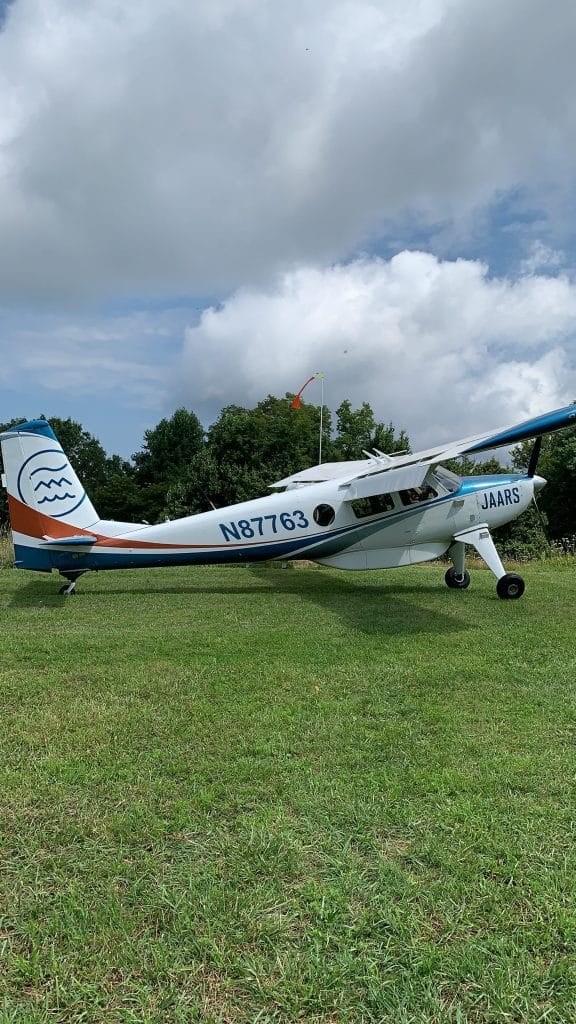
Waiting. Weather: the fickle foe of every mission pilot. Many times fog or distant clouds moved toward the spot where the pilots would turn for their final approach to the runway or would lie in wait between Avery County airport and the other runways. The ground crew had to keep a wary eye on the skies and wait for the weather to clear—once waiting for three hours—before giving the all-clear for the pilots to take off. But all flights were flown.
Nathan’s highlight of the week, even more than sleeping in a hanger and being around aircraft, was seeing how the people there in the mountains were willing to offer up what they had so that JAARS Aviation staff and orientees could complete their training. Their generosity showed itself in a multitude of ways: from cooking meals for the staff and orientees to offering hangers for them to sleep in. This generous attitude in the aviation world was new to Nathan.
“It just blew me away,” he explained, “how people were willing to let us use their land or just provide food for eleven guys living out of a hangar for a week.” Mountain Week couldn’t happen without these selfless people offering their time and resources to JAARS.
In the same way, Bible translation can’t happen without people like you praying, giving, and serving. Learn how you can help JAARS reach the Bibleless people of the world.

